Focus
Your Present Location: HOME> FocusLiu Zhiqin: Is US-China struggle behind Solomon Islands riots – or ‘just icing on the cake’?
Foreign powers supporting Malaita, exploiting differences
Soon after Honiara made the diplomatic switch, Malaita’s Premier Daniel Suidani outlawed Chinese businesses in the province, called for an independence referendum and continued relations with Taiwan, in defiance of Honiara.
In 2020, in contravention of national law, a large shipment of aid arrived in Malaita from Taiwan. Home to 200,000 people, Malaita is one of the least developed islands in the South Pacific, where just three per cent of people have electricity in their homes.
Agreeing with Sogavare’s claims that the riots were influenced and encouraged by foreign powers, Chinese businessman Zhang said it was widely known in the country that the US had played a role, especially in “providing funds” to Malaita.
In 2020, the US government pumped US$25 million into Malaita – 50 times what it usually receives in foreign aid annually, raising anxieties that the US was exploiting the rift between Malaita and Honiara to disrupt China’s relationship with the Solomon Islands.
Mihai Sora, a research fellow in the Pacific Islands programme at Australia’s Lowy Institute, wrote in the institute’s publication The Interpreter that, “the actions of large nations as they curry sympathy with local actors – without pause to consider deeper social and political undercurrents – have a destabilising effect on social cohesion in vulnerable countries such as the Solomon Islands, which seeks desperately to maintain its hard-won fragile peace after years of civil unrest.”
However, Shiozawa said that the US funding was intended for agriculture and environmental projects for five years, “not for direct funding against China”.
Shiozawa said that due to the tensions between Honiara and Malaita, the latter had refused any support from China, resulting in lost development assistance opportunities, a hole which had in turn been filled by the US and Australia.
Liu Zhiqin, a senior fellow at the Renmin University of China’s Chongyang Institute for Financial Studies, said the riots were aimed at forcing Sogavare to switch recognition from Beijing back to Taipei.
“Organised by a group of pro-Taiwan elements, they are aimed at undermining the one-China policy; here, we can see the shadows of a colour revolution,” Liu said, referring to the protest movements and accompanying attempted changes of governments that took place in several former Soviet republics in the early 2000s.
Liu added that visits by US lawmakers to Taiwan this month and other recent measures taken by Washington had sent the wrong signals to Taipei, adding that “the US has unshirkable responsibility in this regard.”
However, Georgetown University’s Tidwell said the idea that a power play between the US and China was having real consequences in the Solomon Islands was largely unfounded.
“Protests and riots have been a fact of Solomon Island life for some years,” Tidwell said, adding these were mainly caused by divisions between central and regional governments and the inability of people to air and have their grievances acted upon.
Protests broke out as recently as in 2019 after Sogavare won power for the fourth time, and also in 2006 when Honiara’s Chinatown witnessed rioting, looting and demands for then prime minister Snyder Rini to step down, Tidwell noted.
Eric Katovai, a senior lecturer at the University of the South Pacific in Fiji who lives in the Solomon Islands, said the unrest was a result of multiple governance and developmental issues that had not been resolved over successive governments.
“The geopolitical issue is just an icing on the cake,” Kavotai added.
Please Find us: Twitter: RDCYINST YouTube: RealRDCY LinkedIn: 人大重阳RDCY Facebook: RDCYINST Instagram: rdcyinst
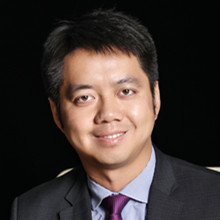
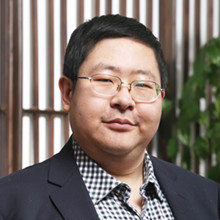

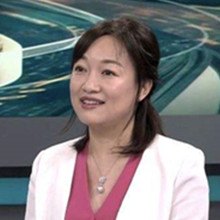


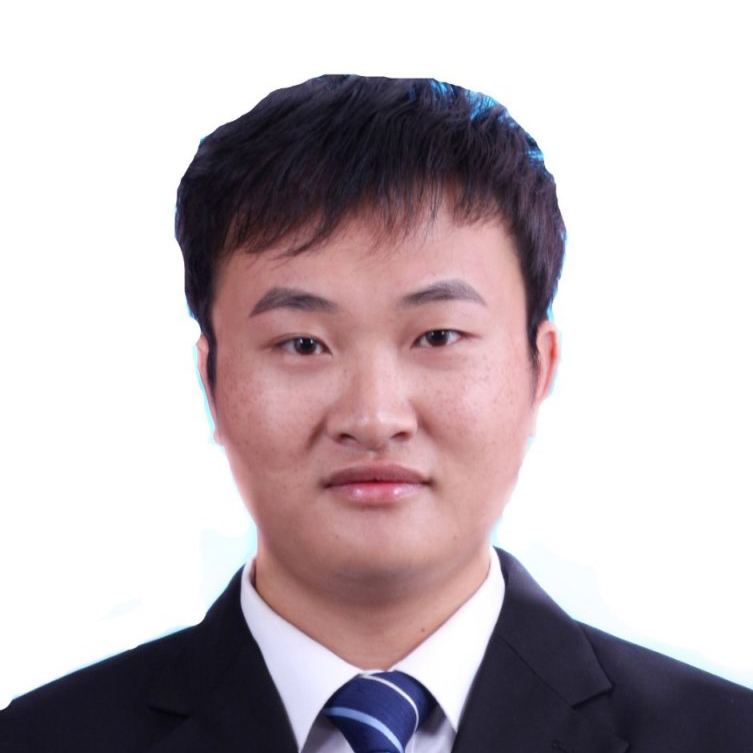
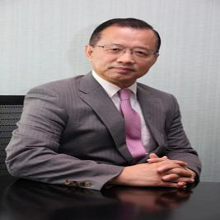
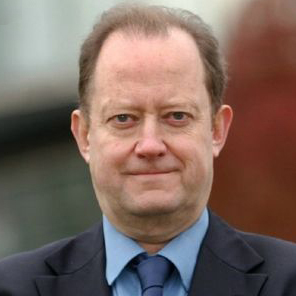
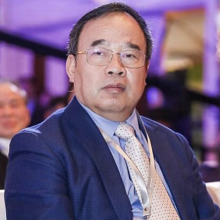
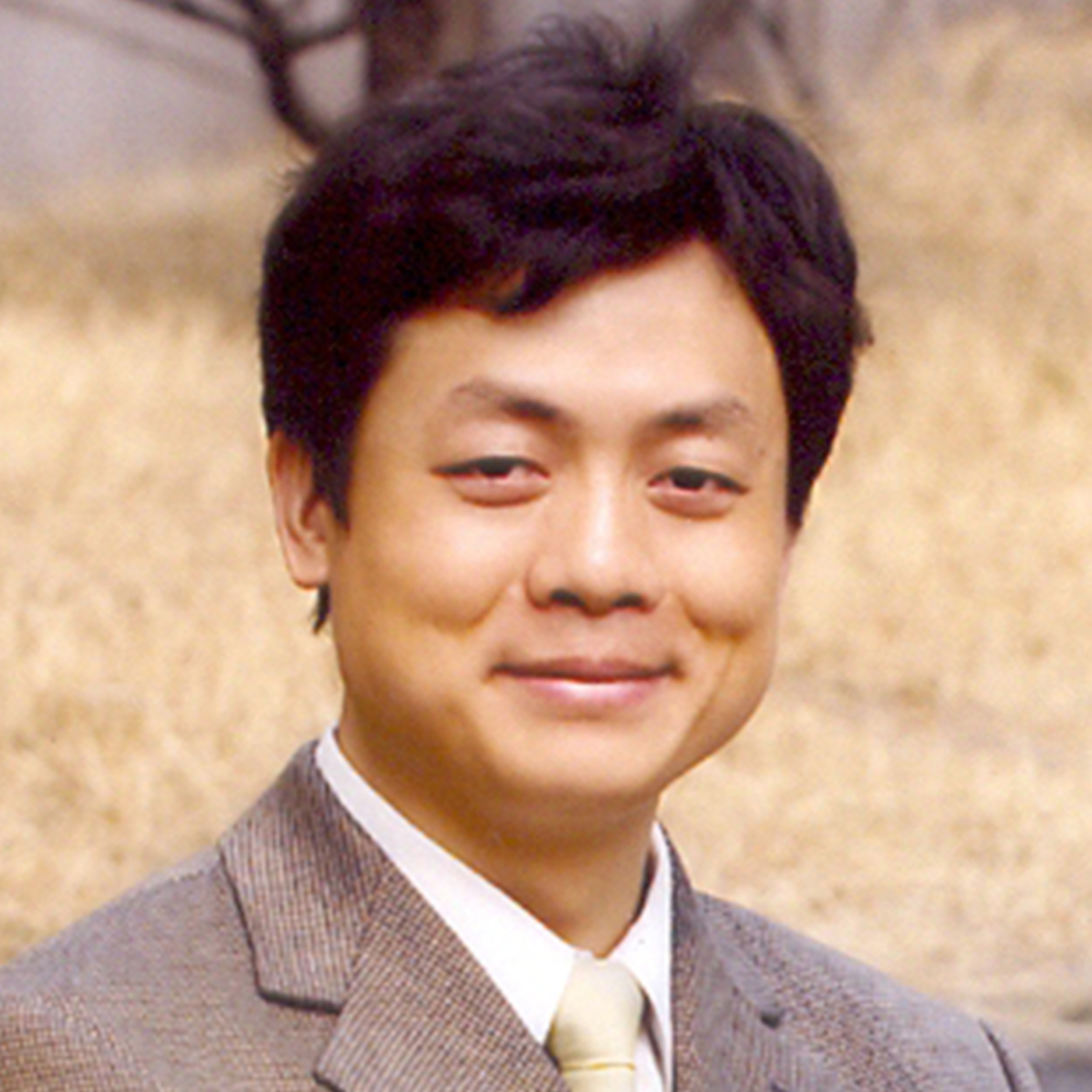
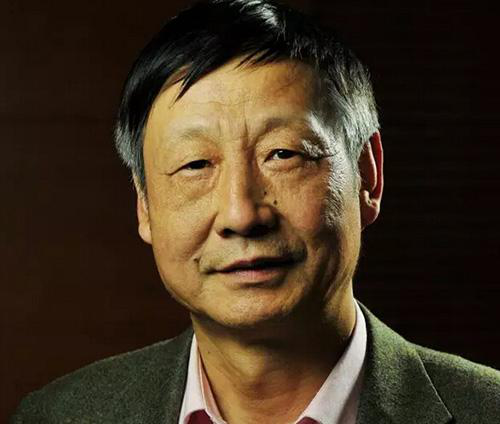

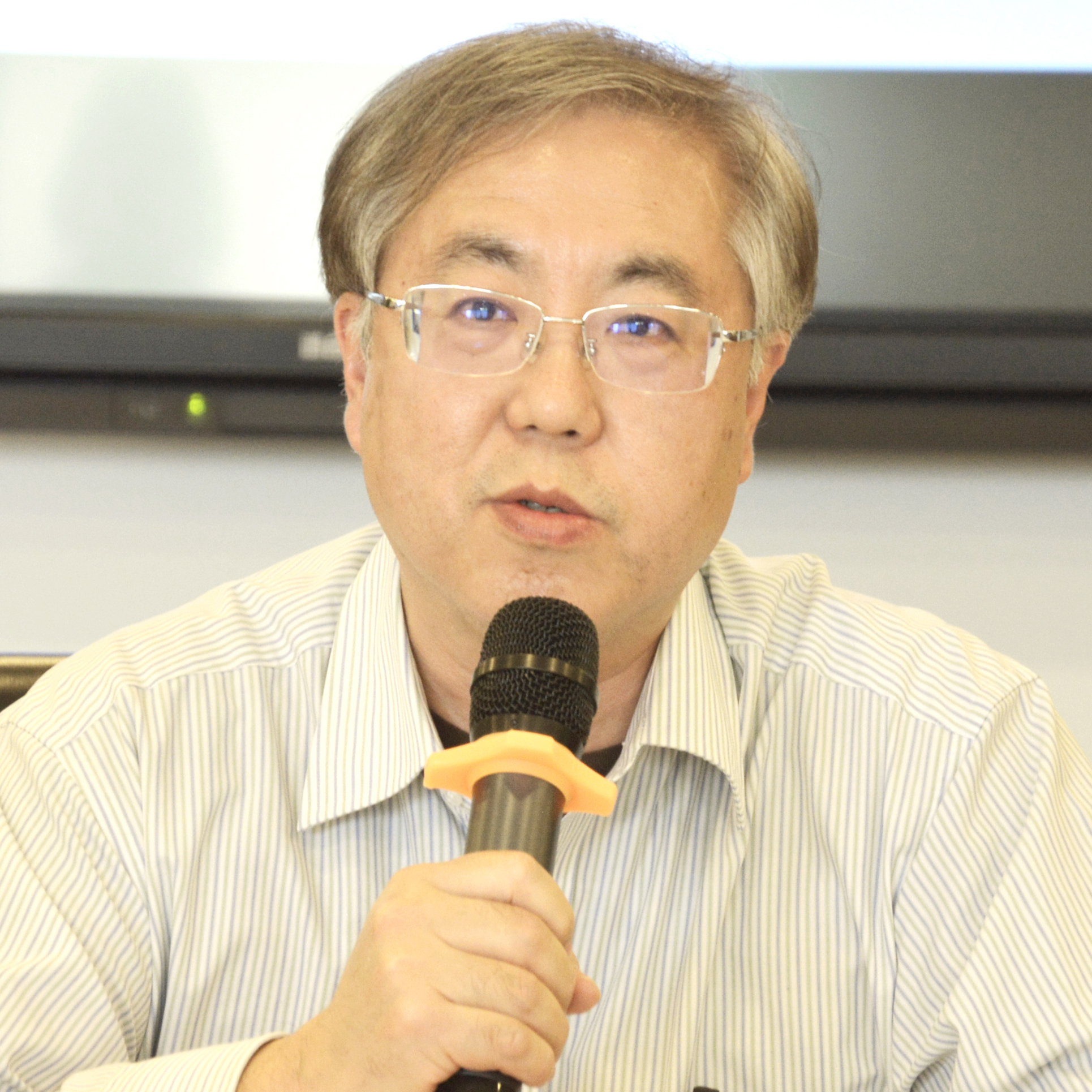

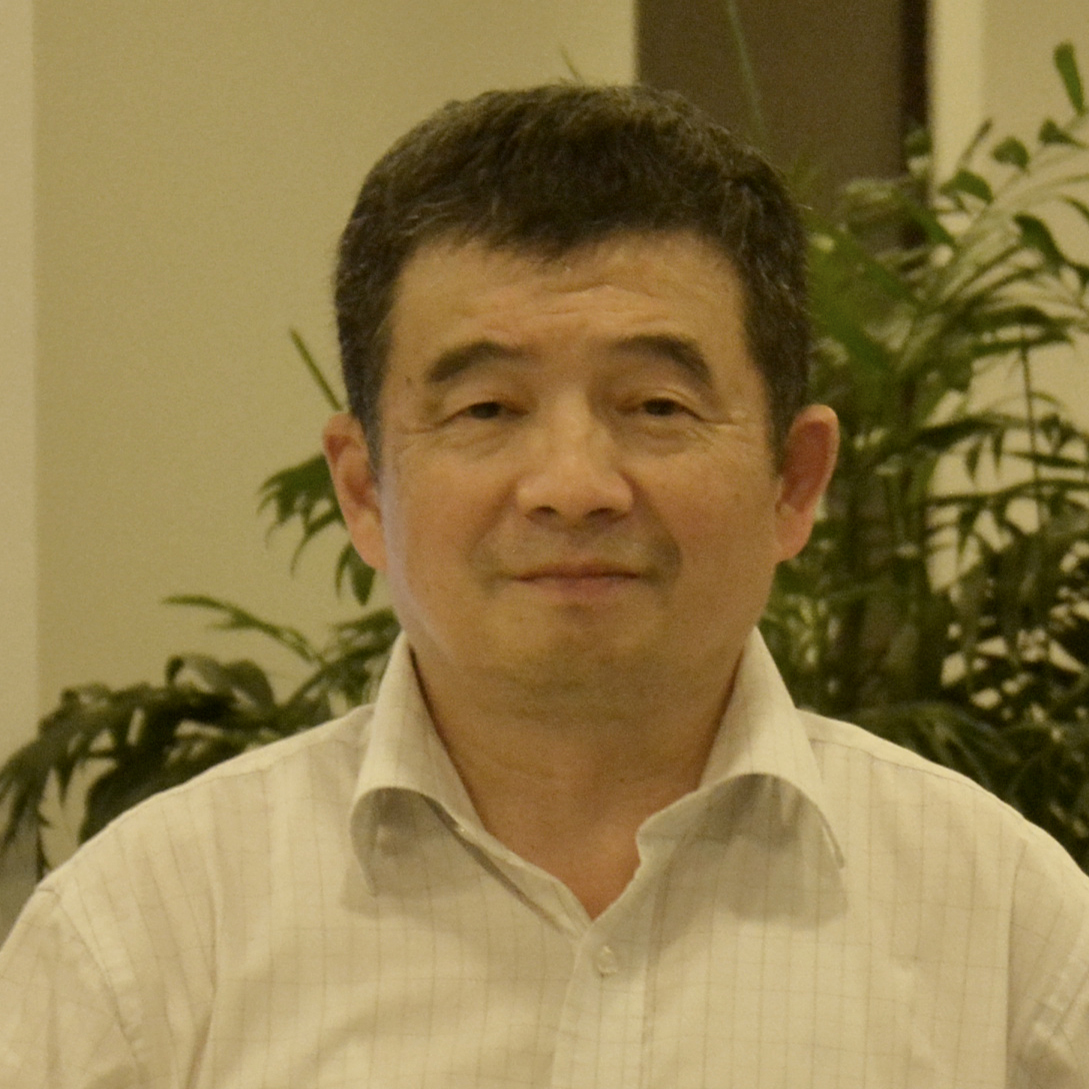

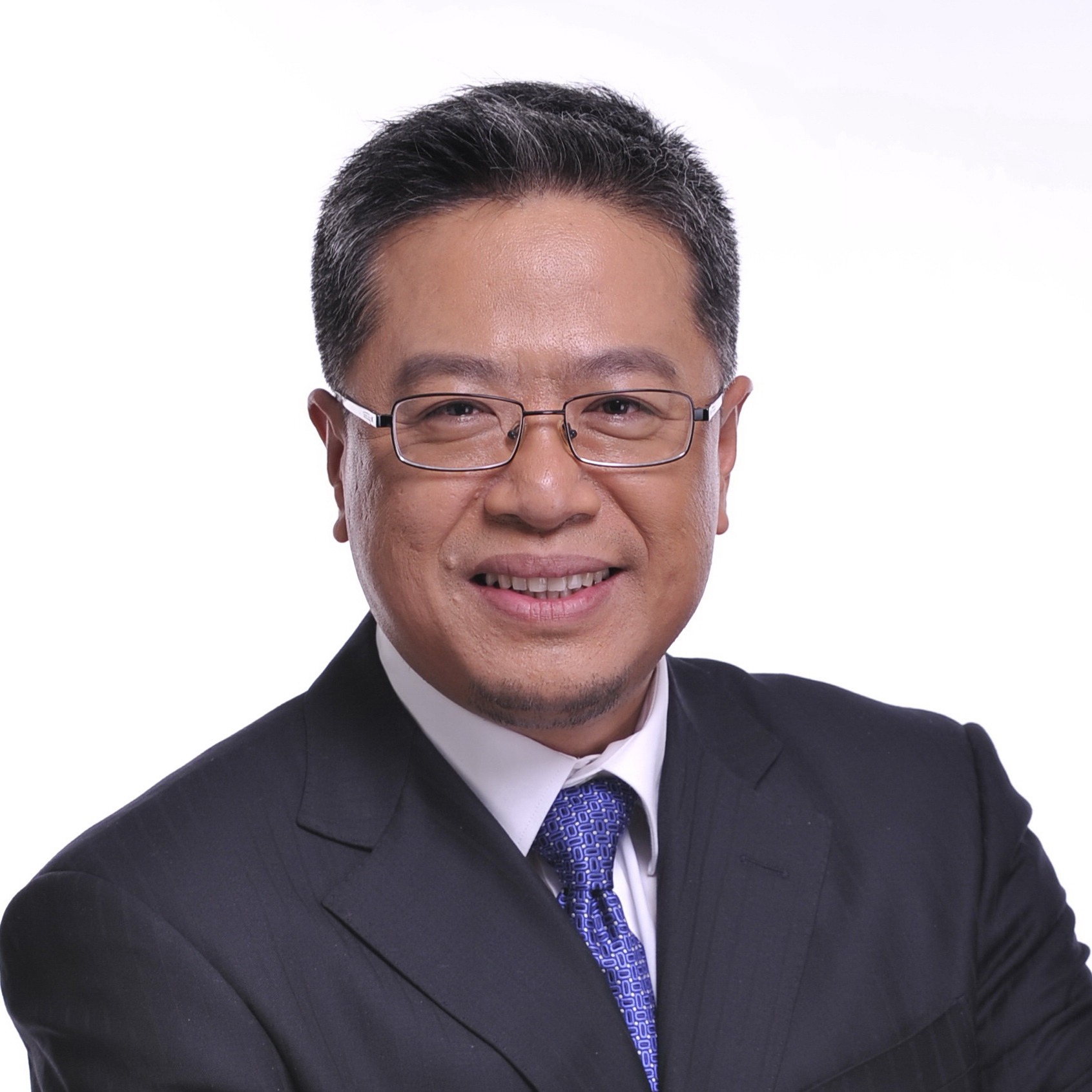



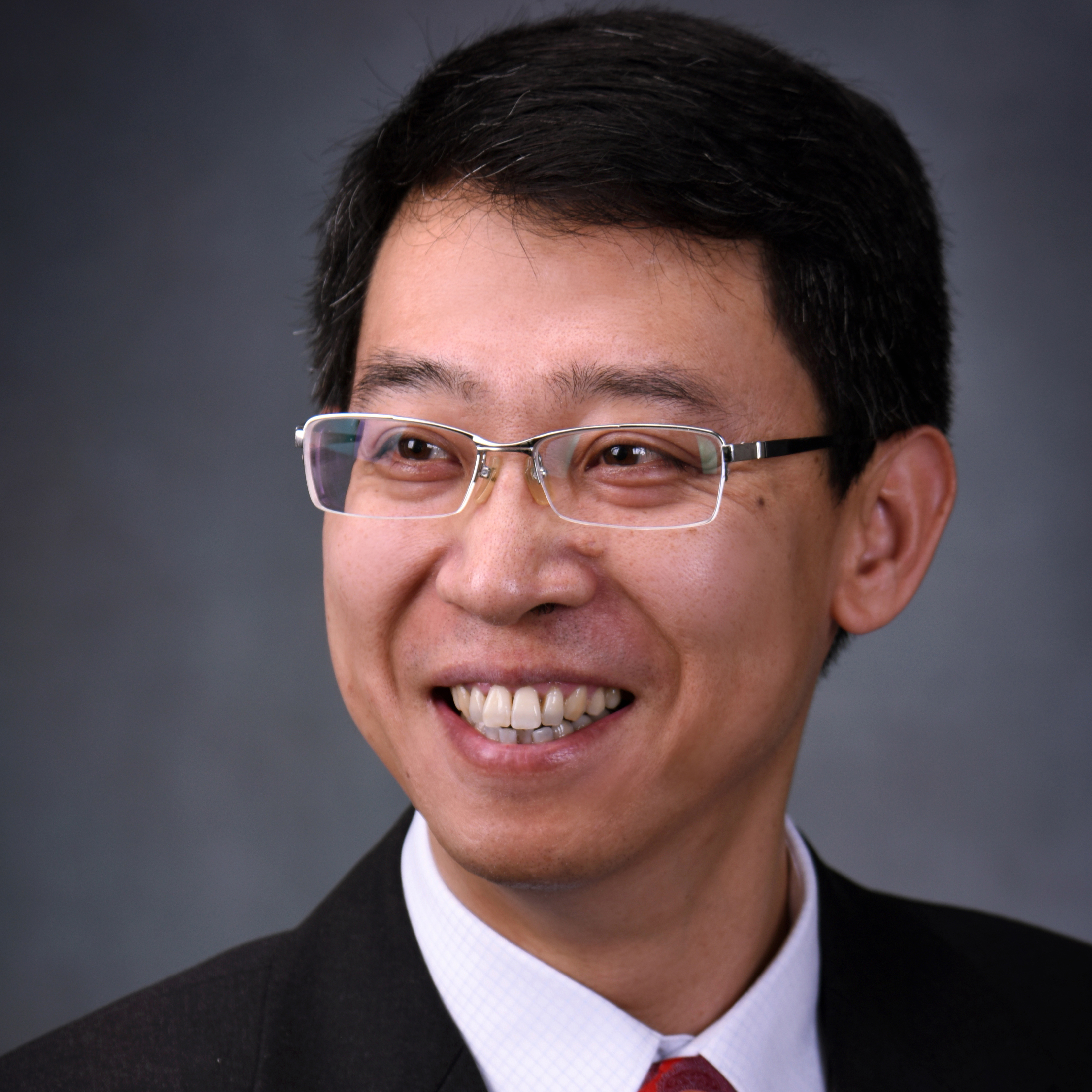

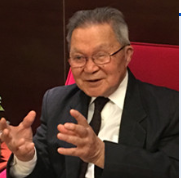

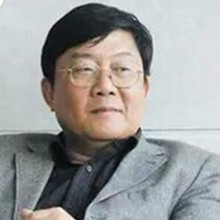

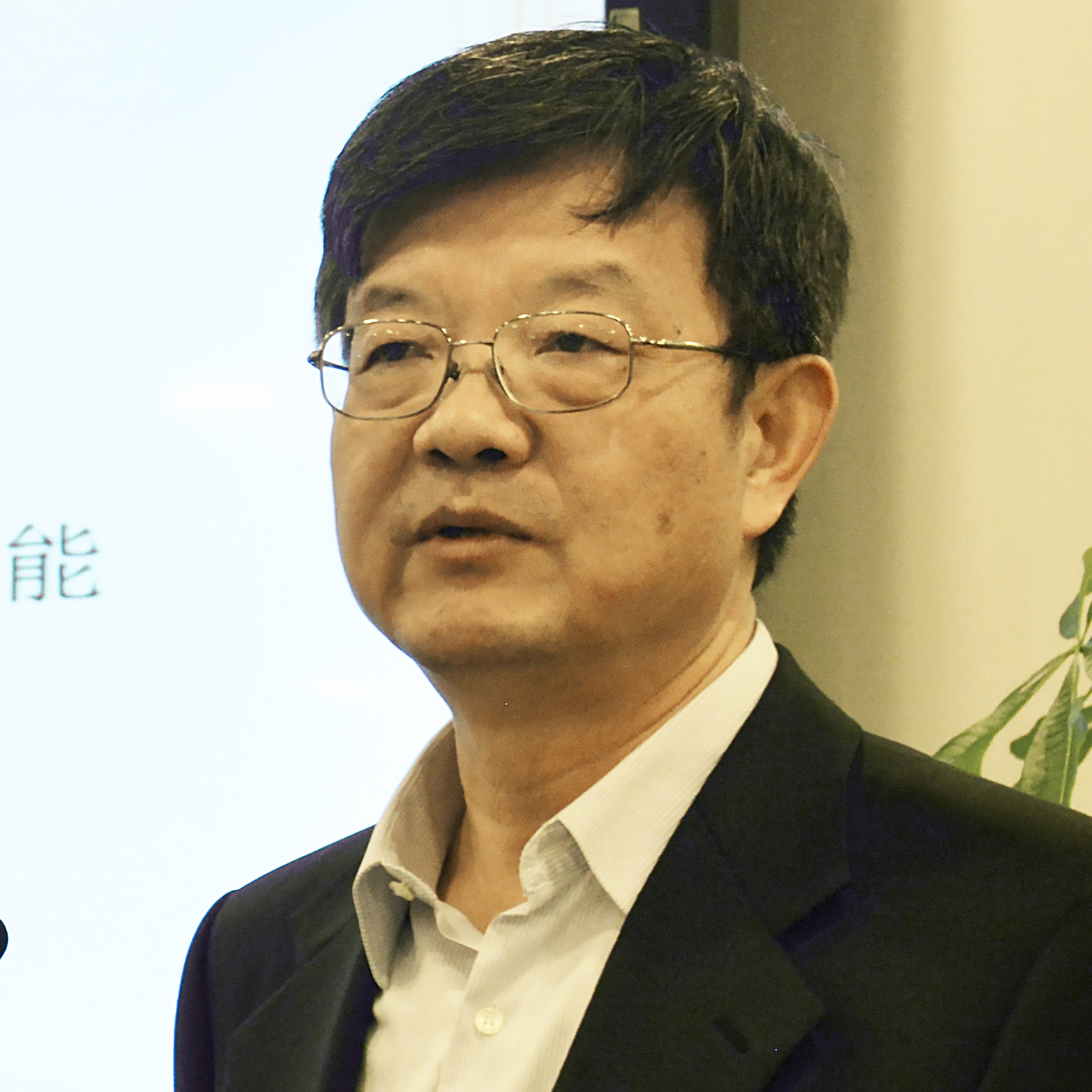
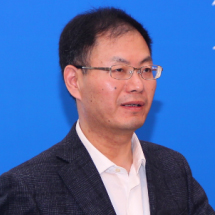
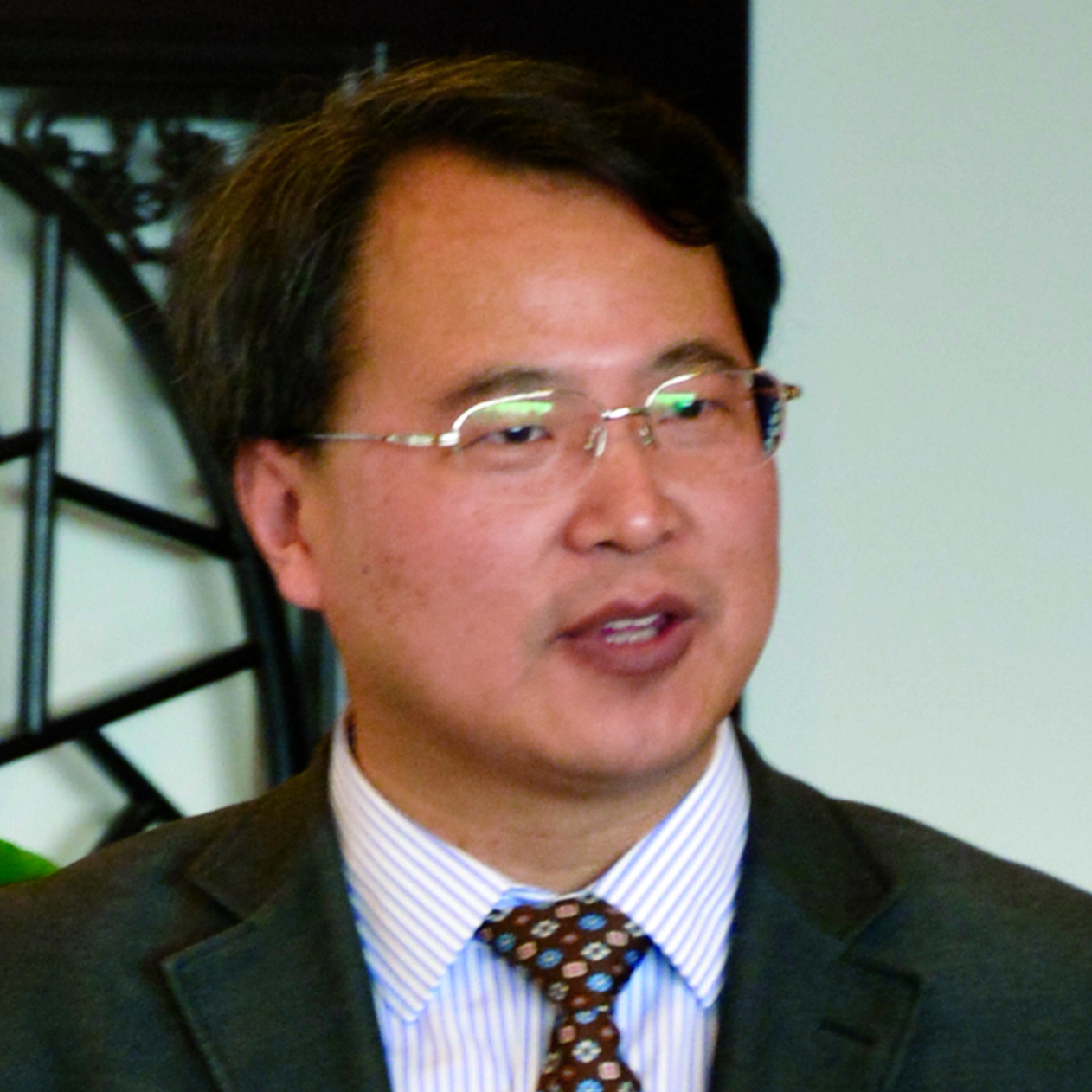
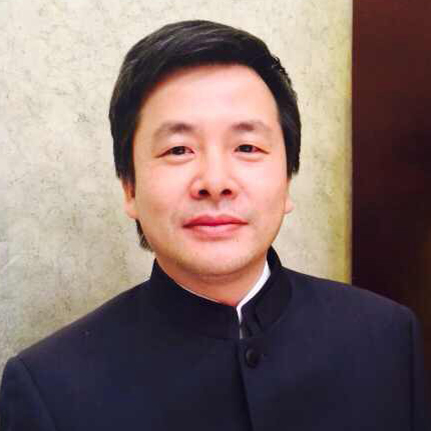
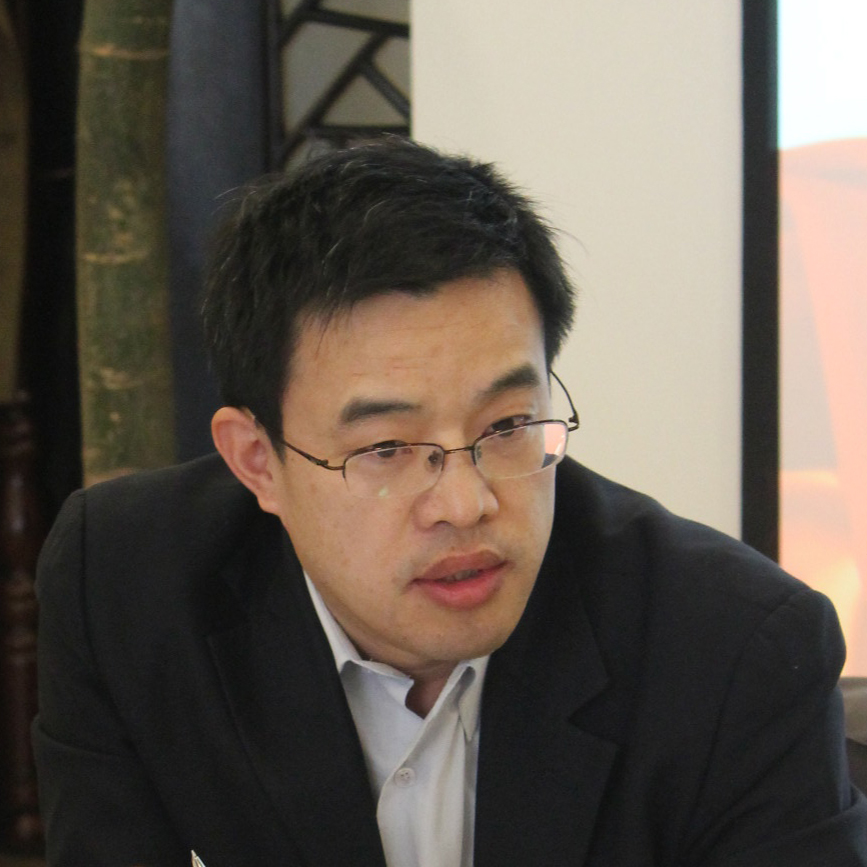
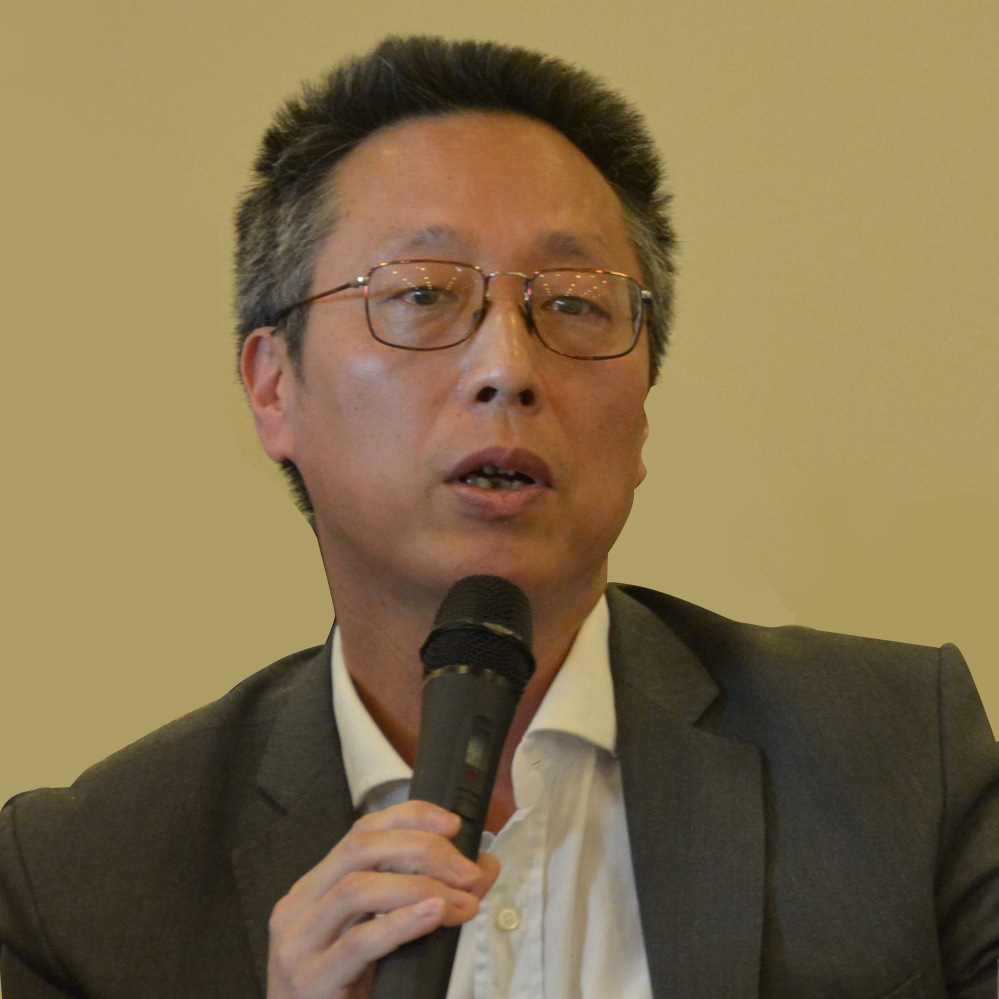
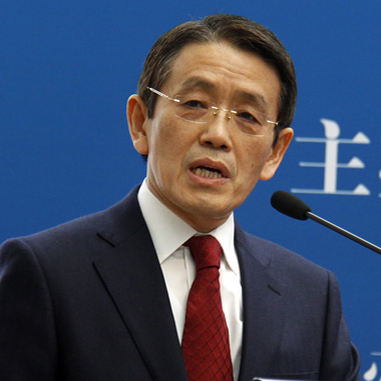

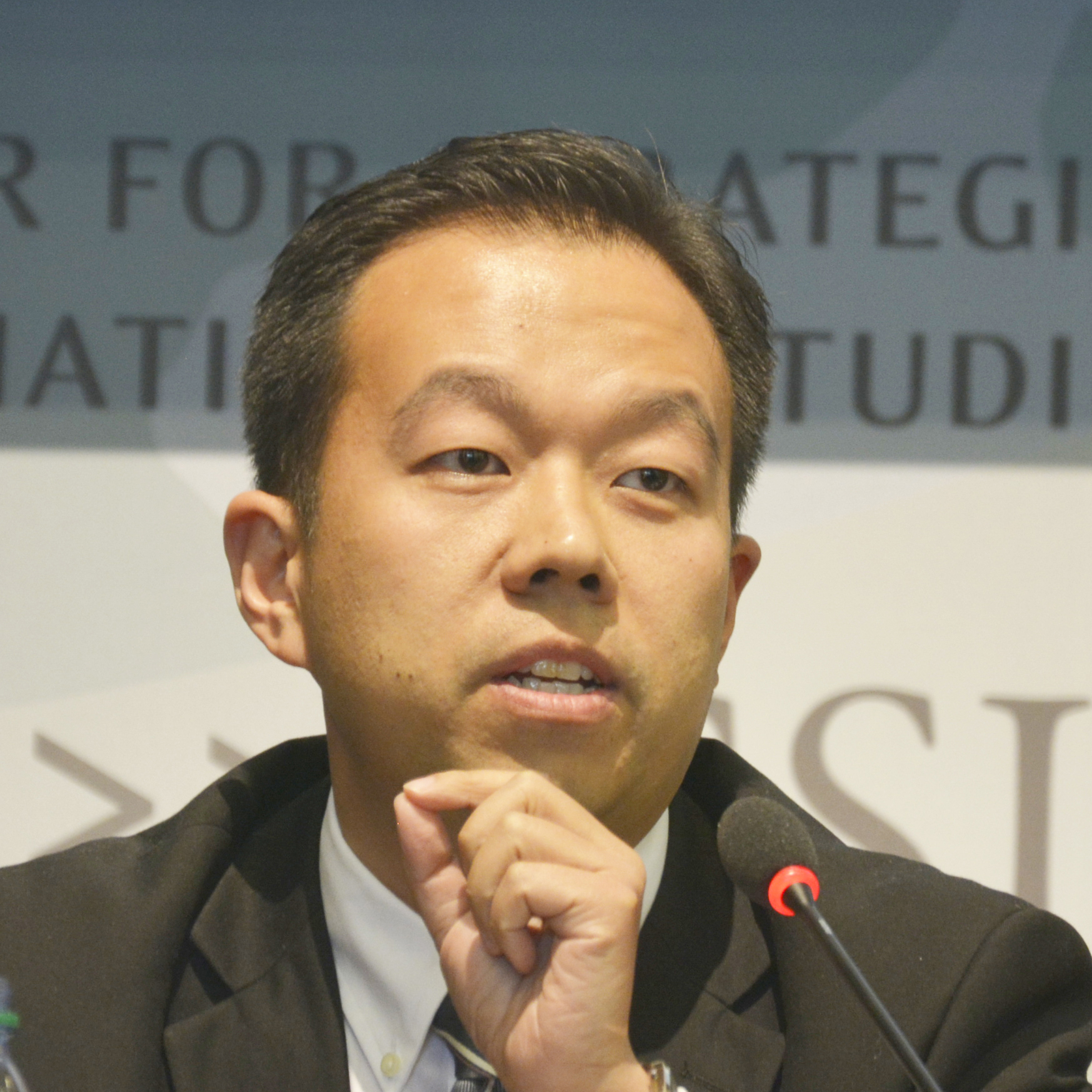
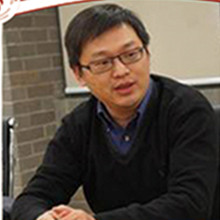
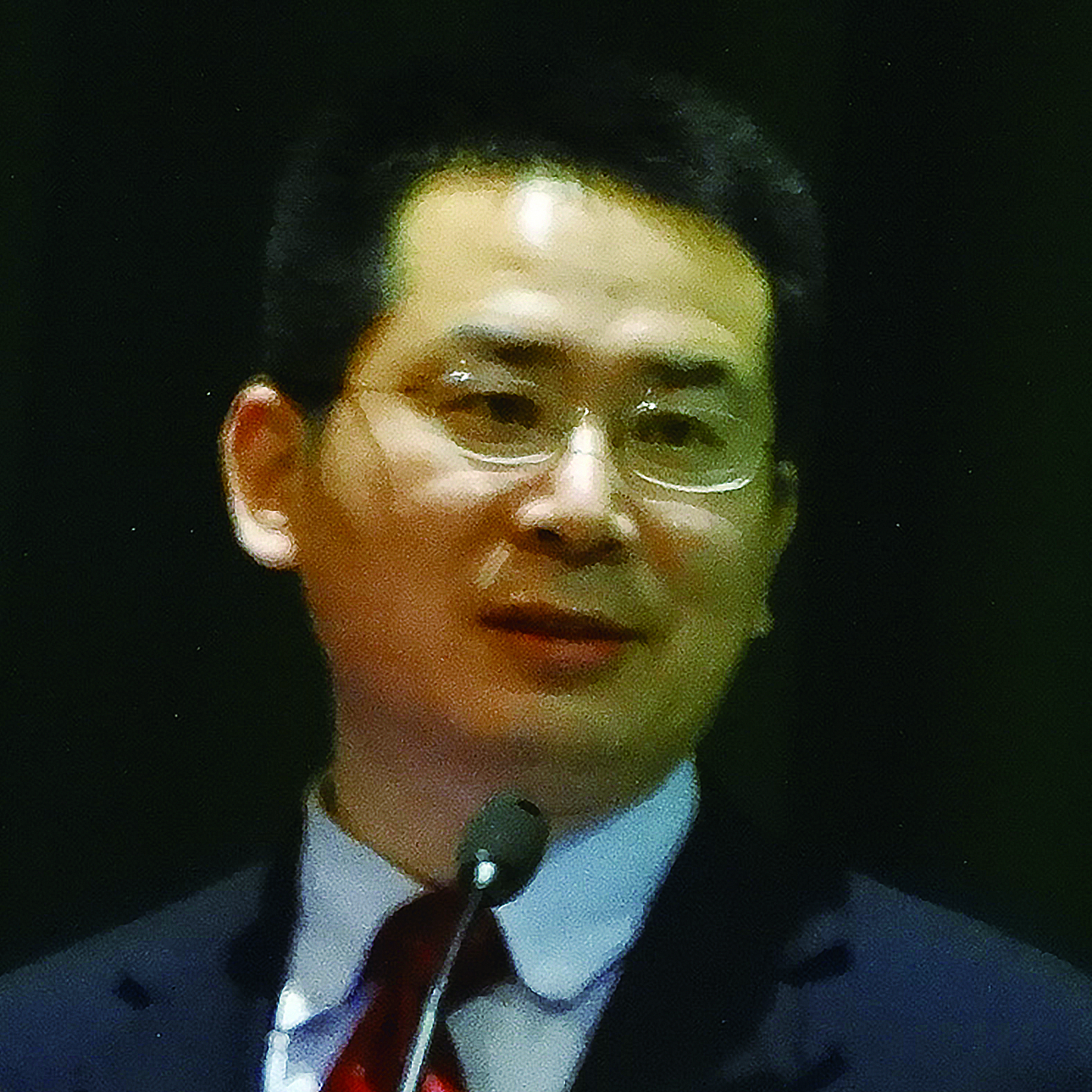
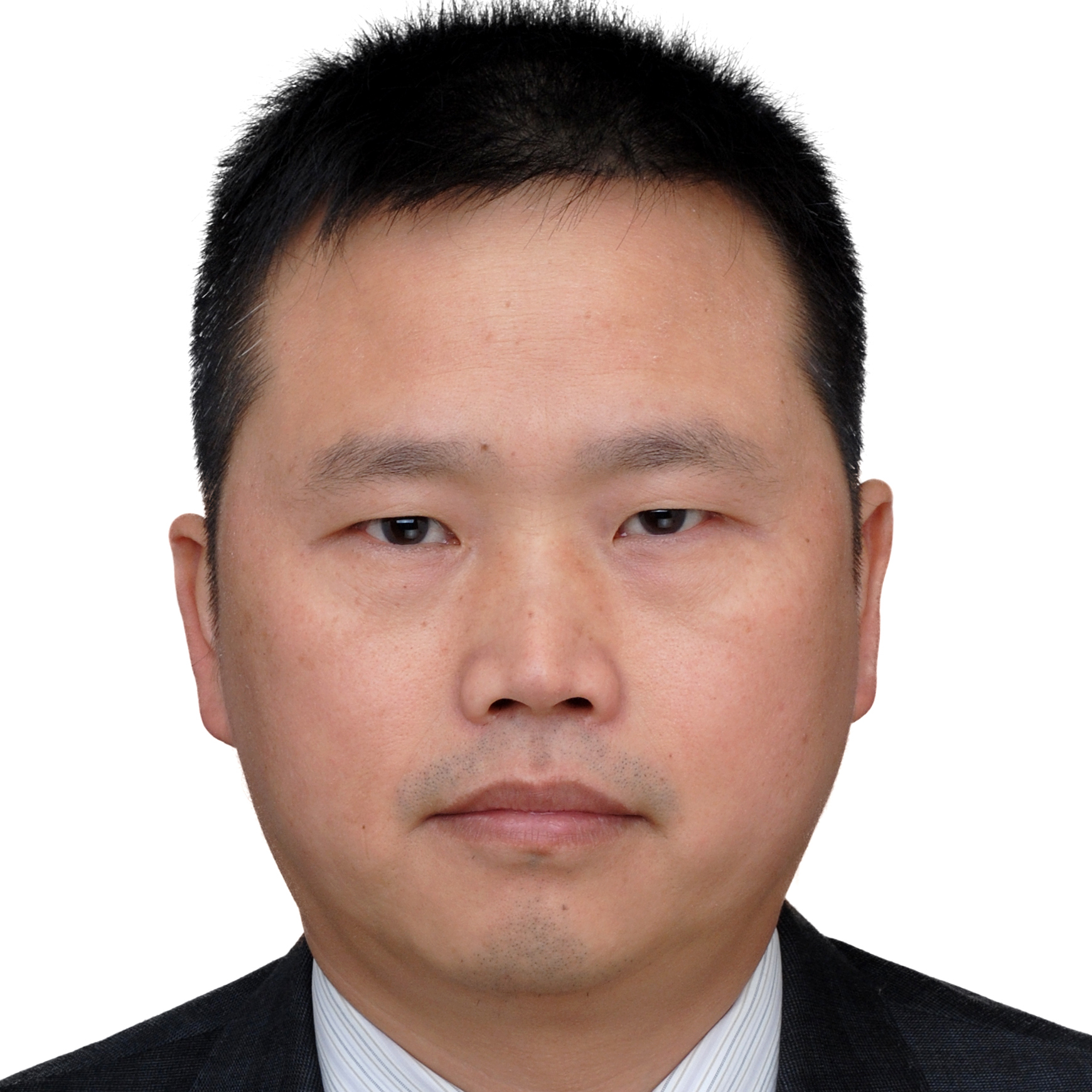
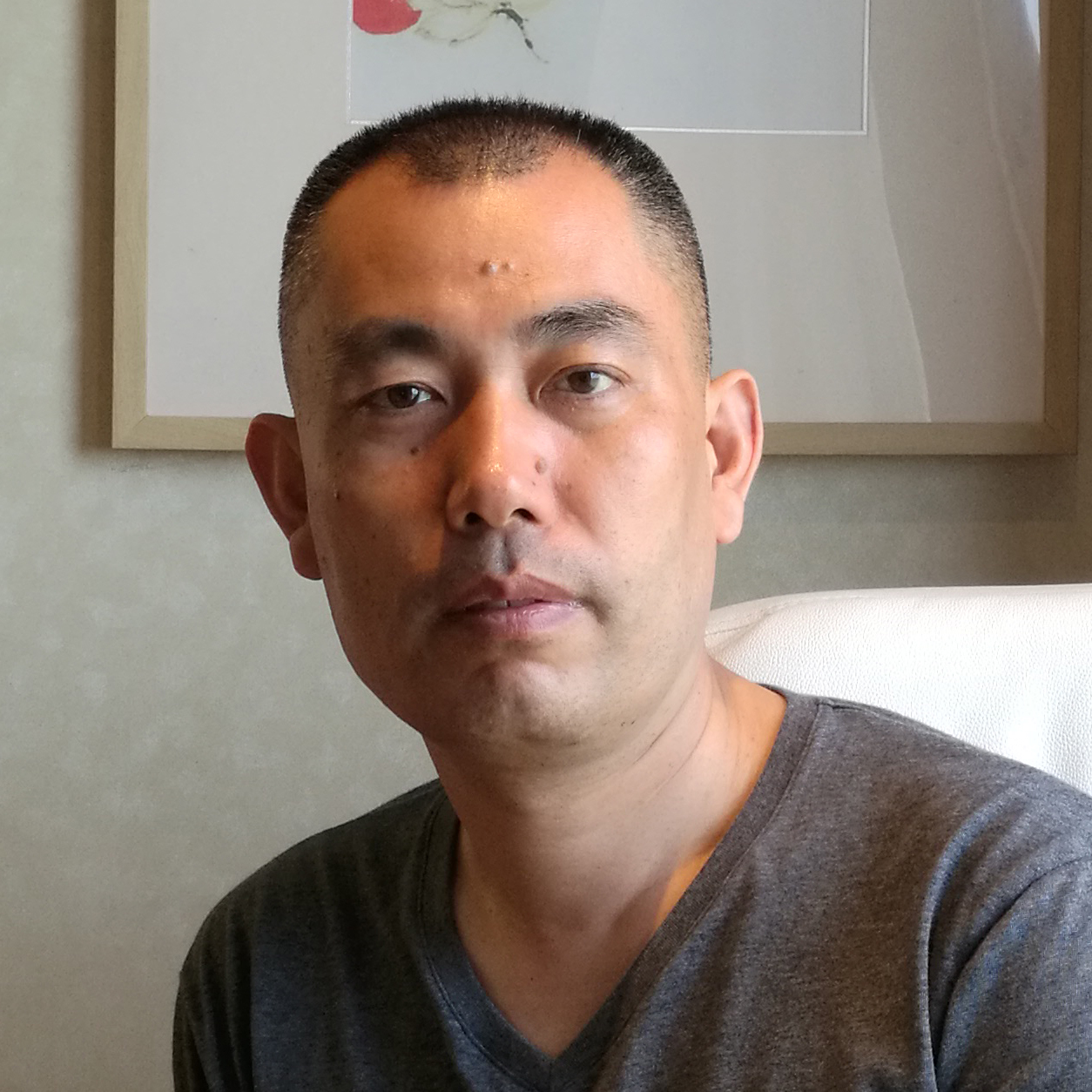


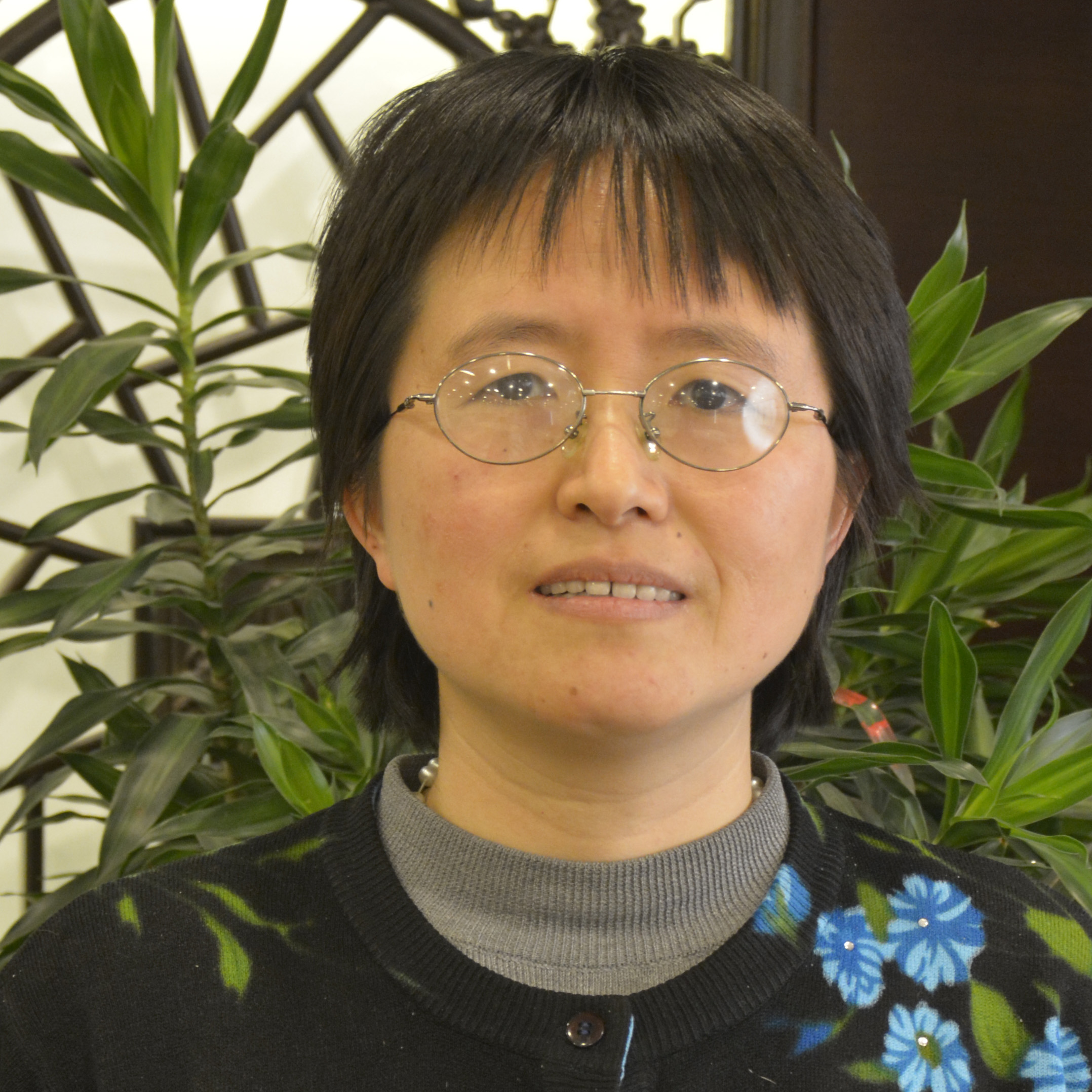

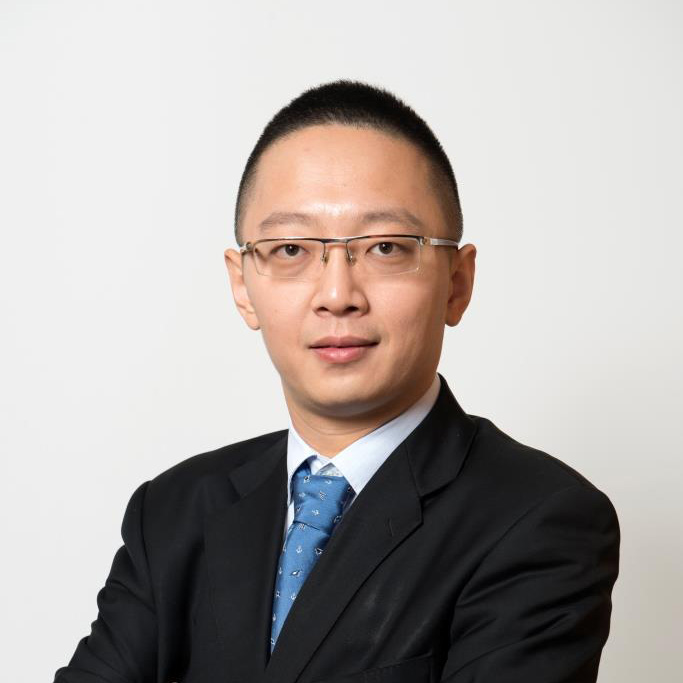
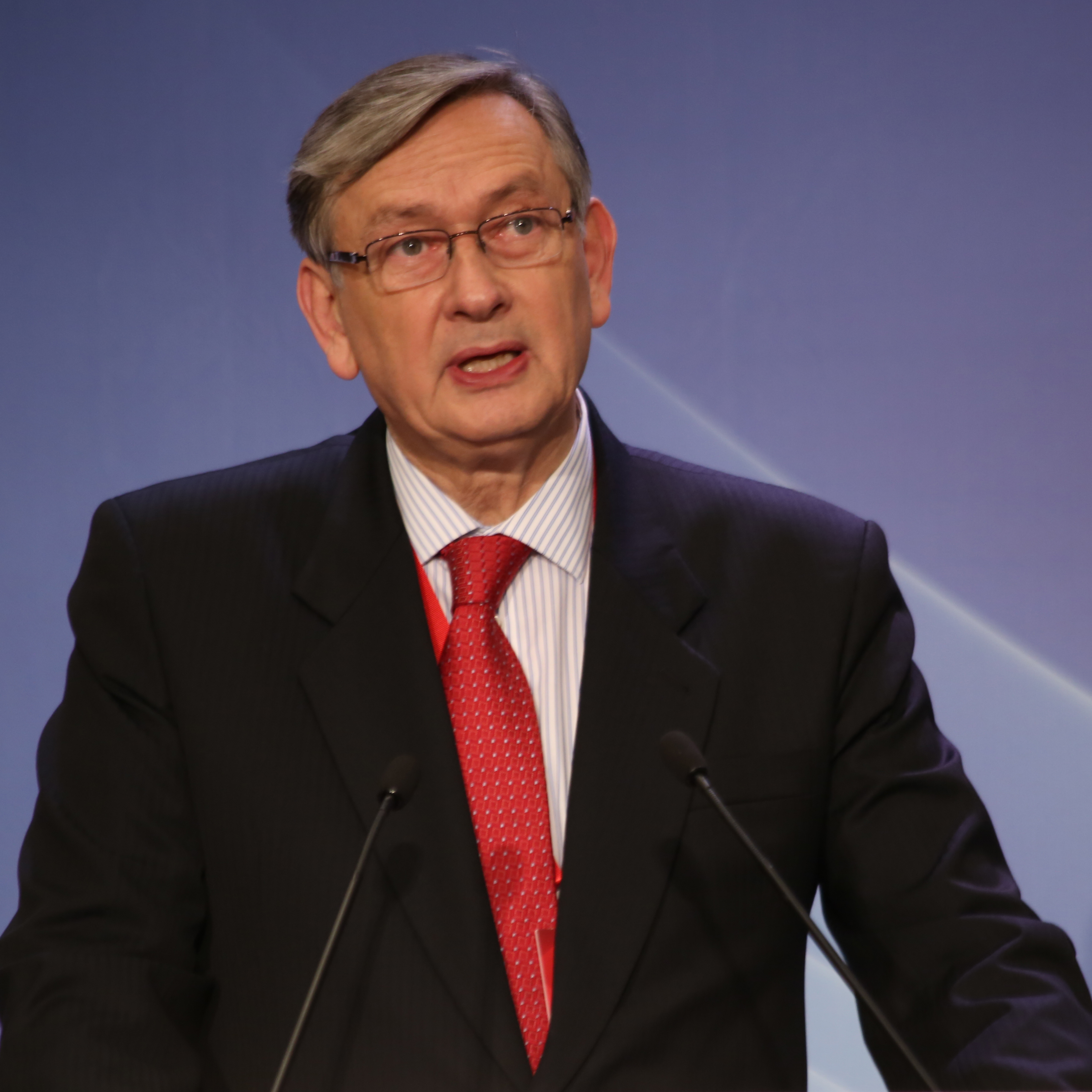
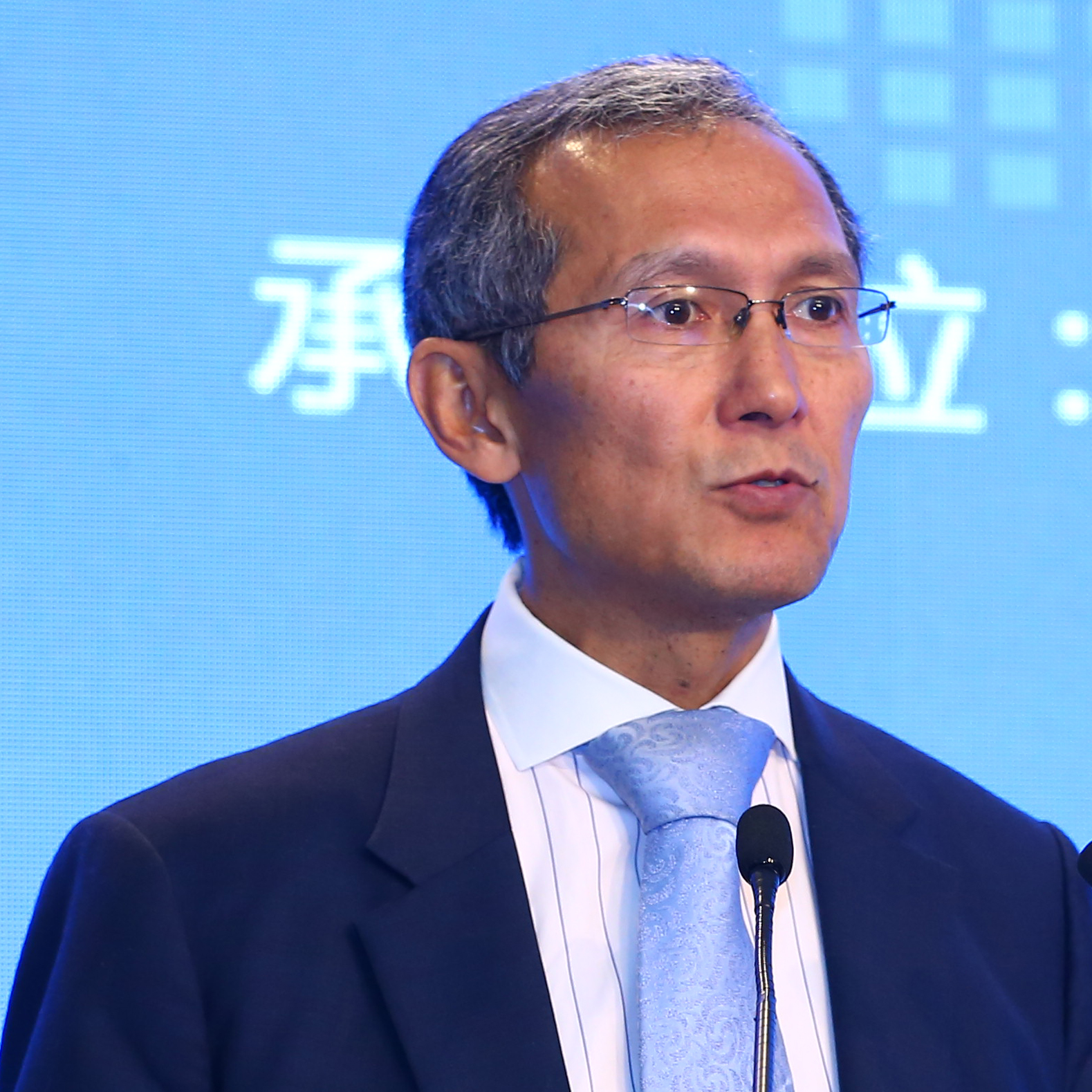
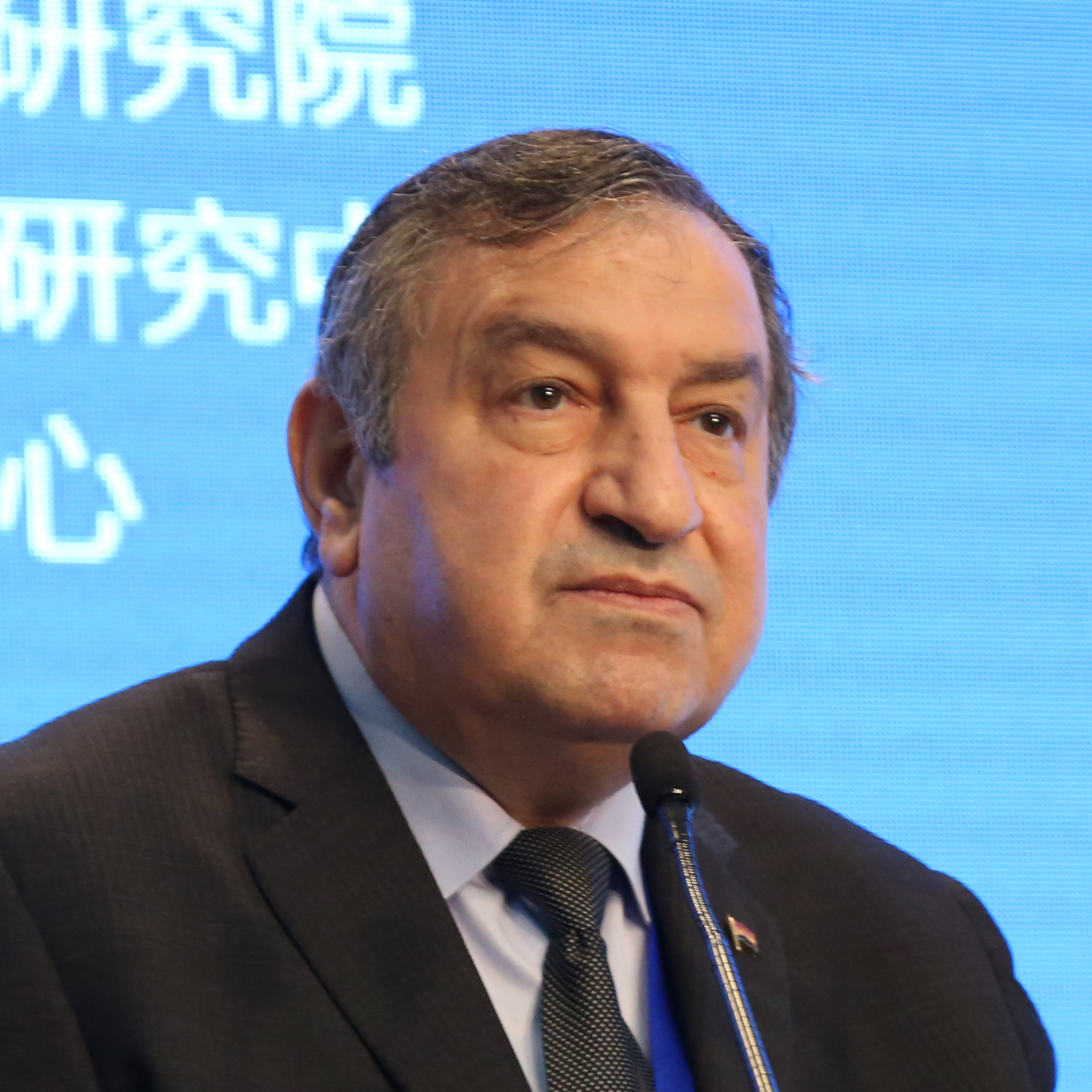

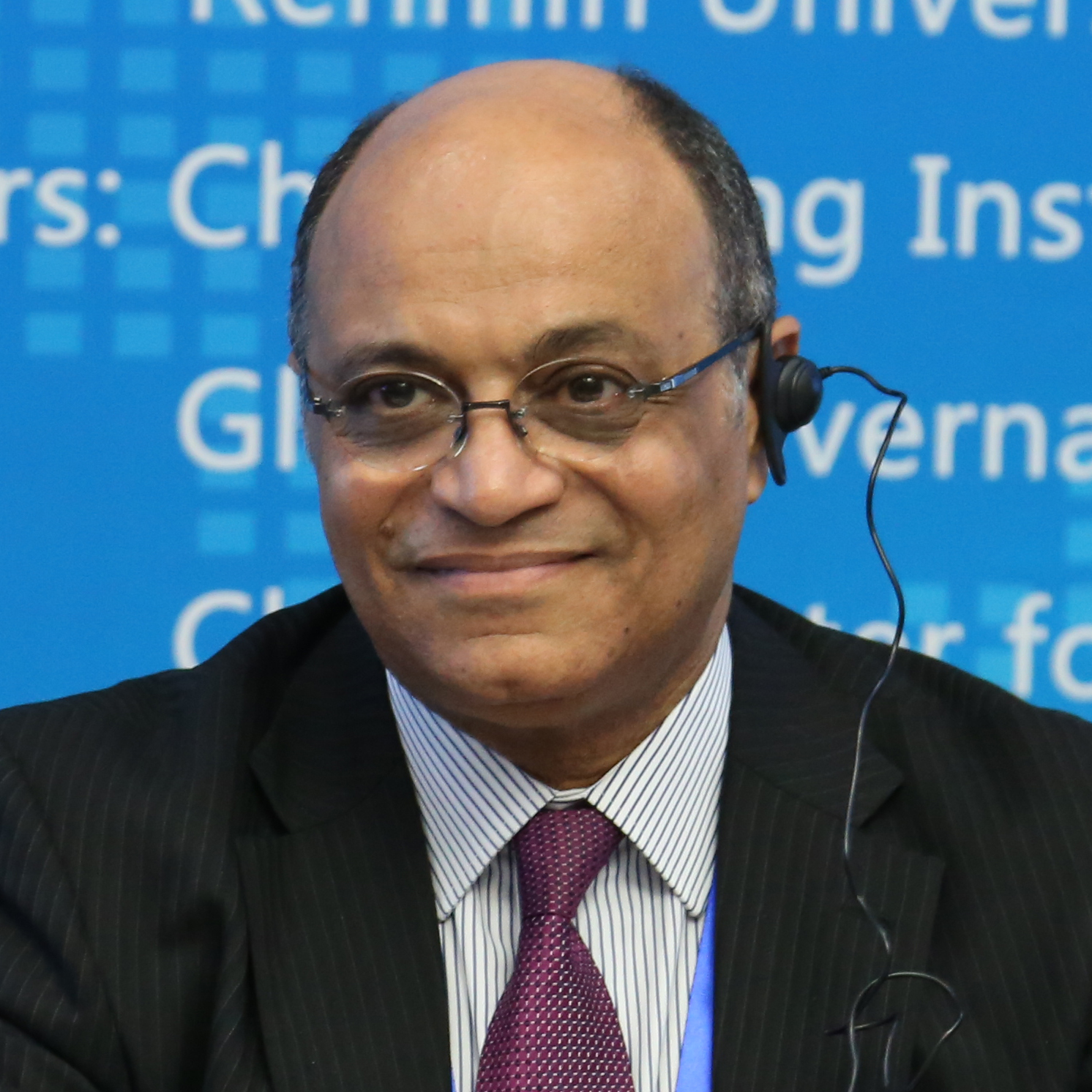
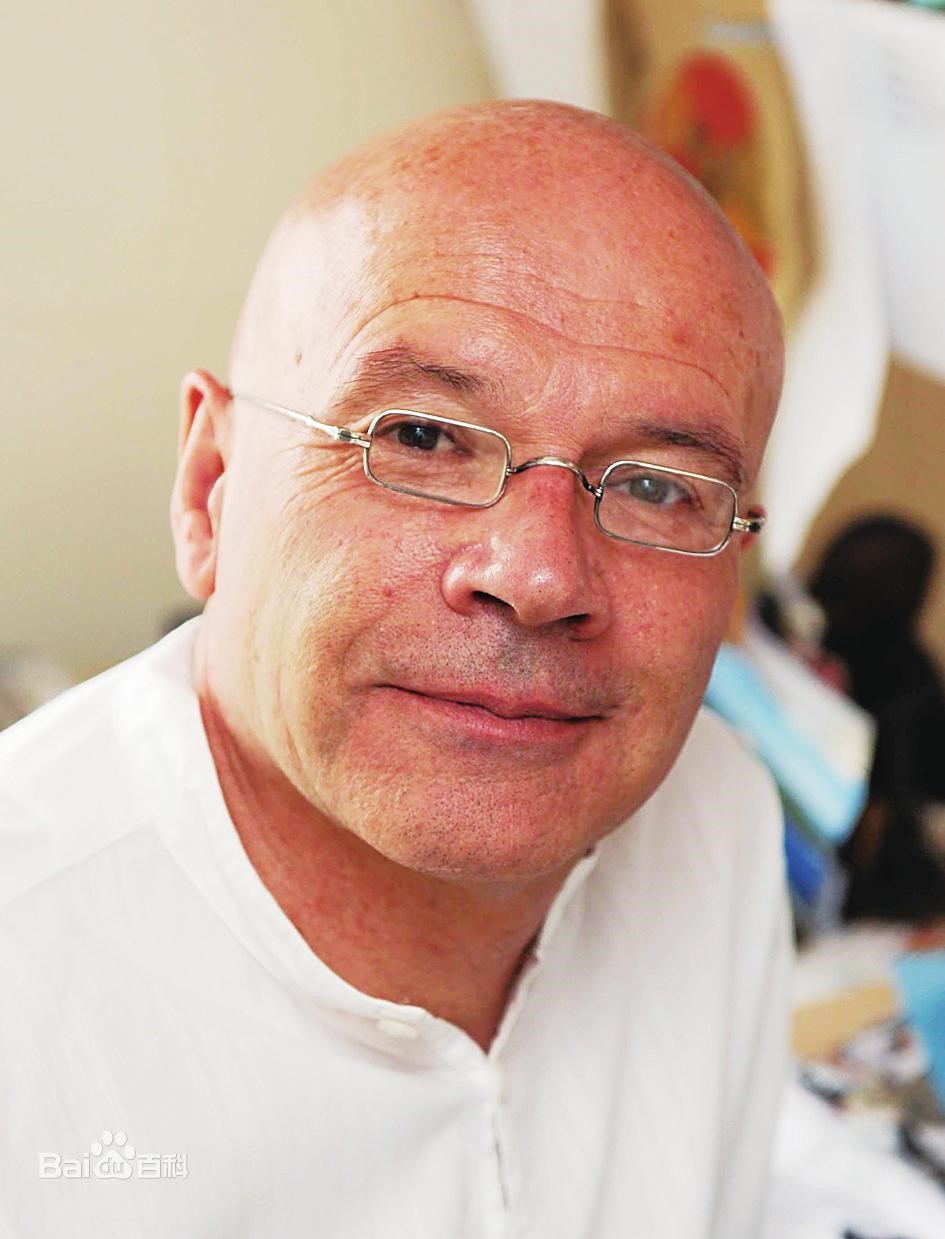



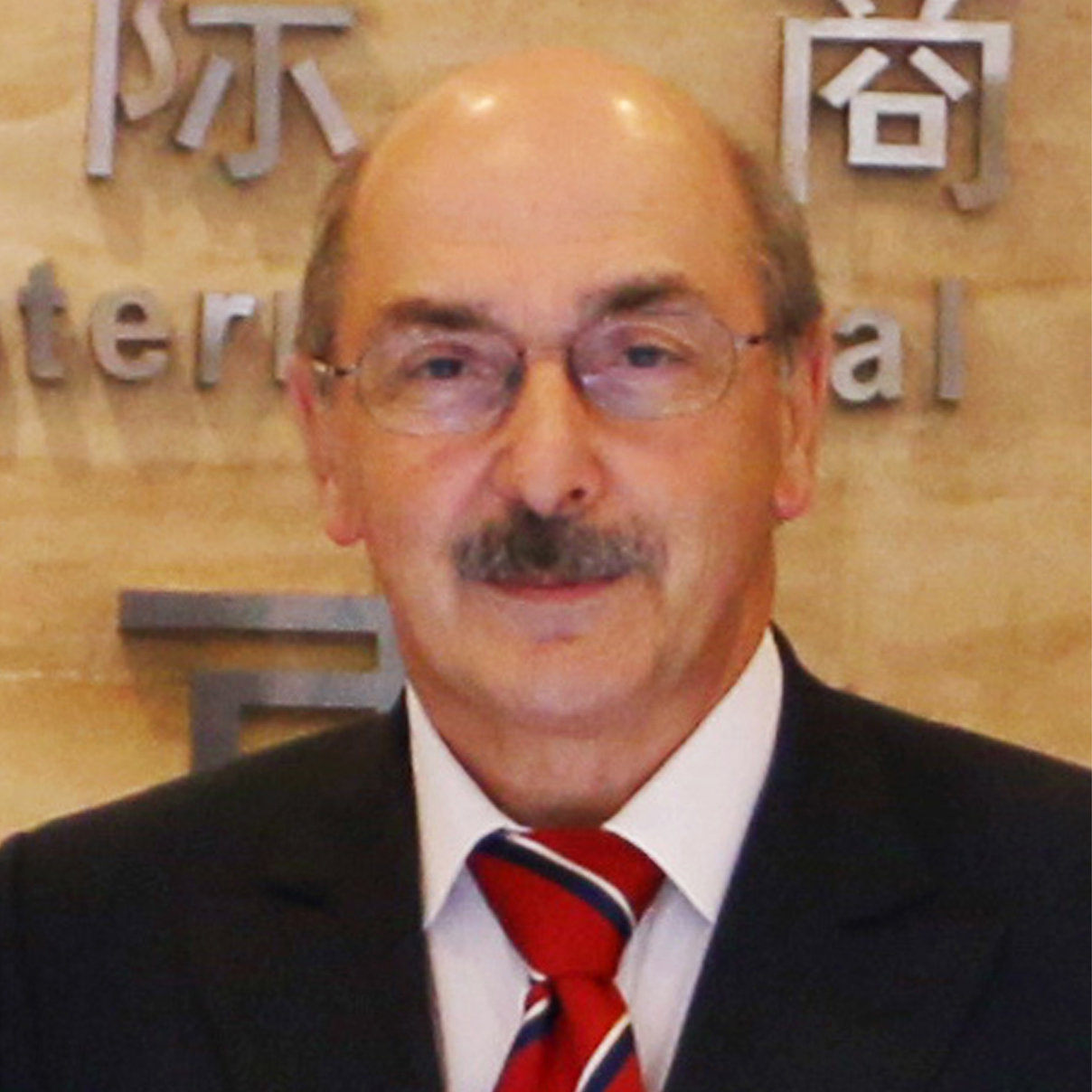


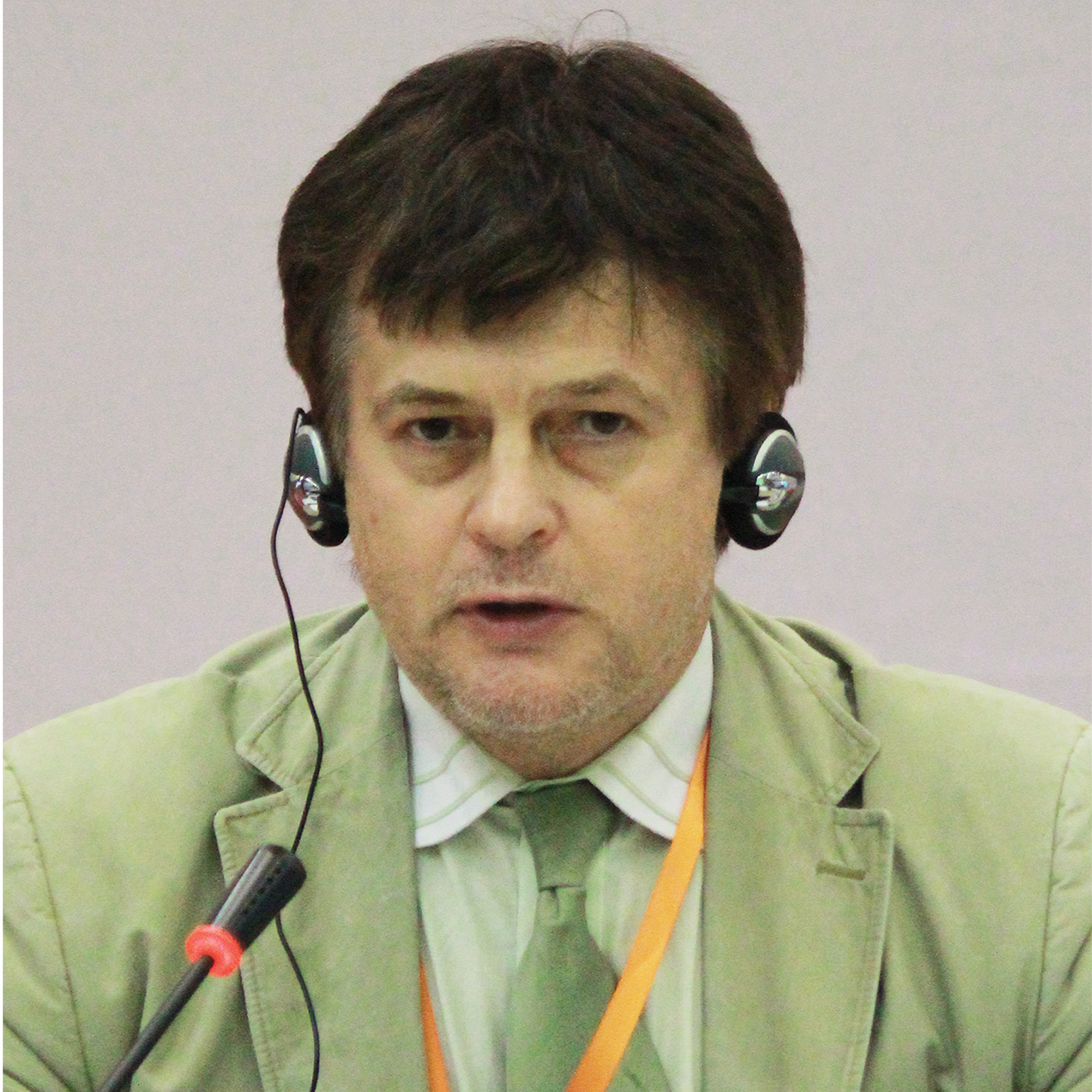

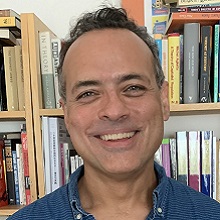
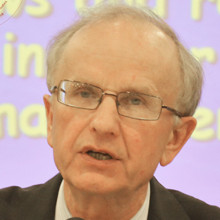

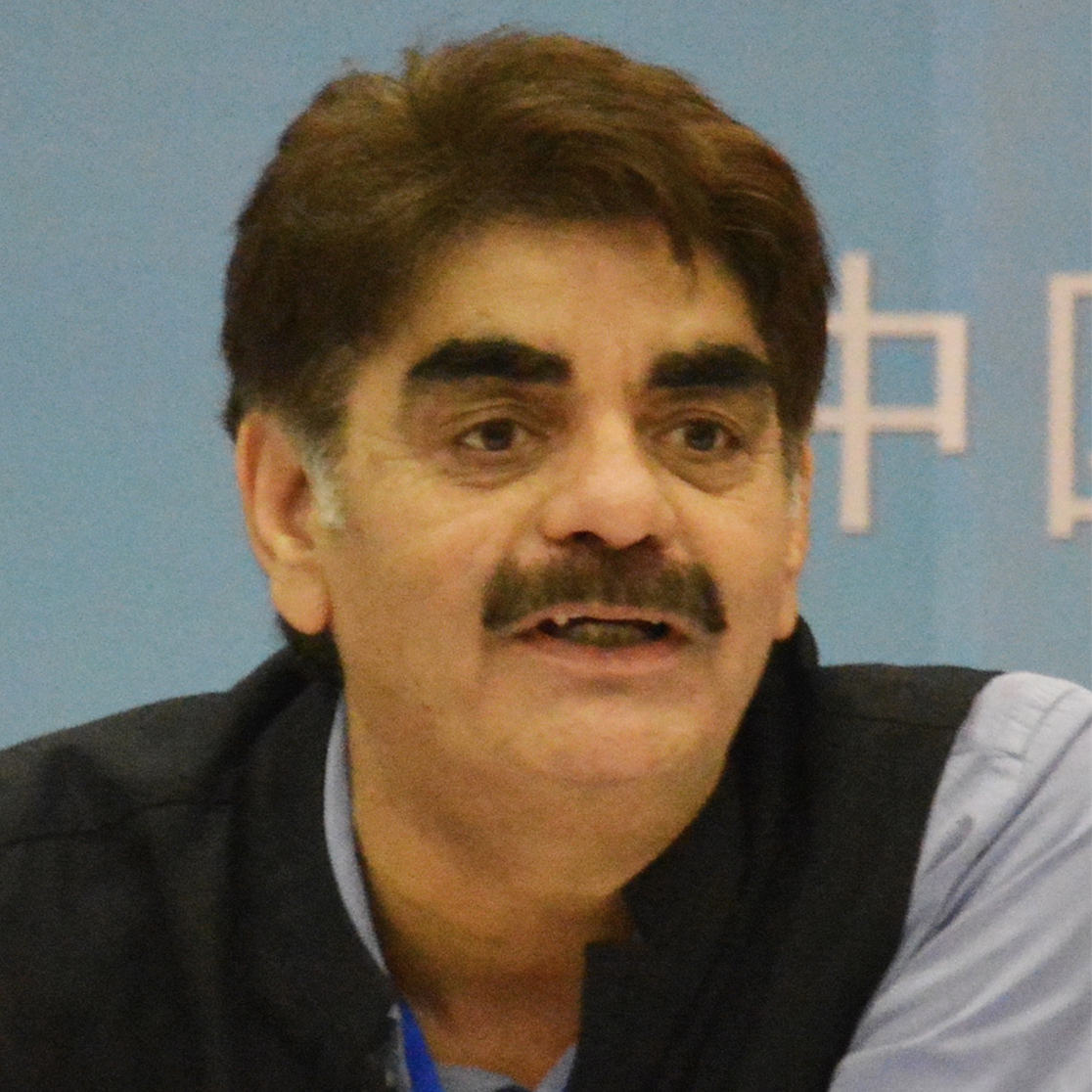
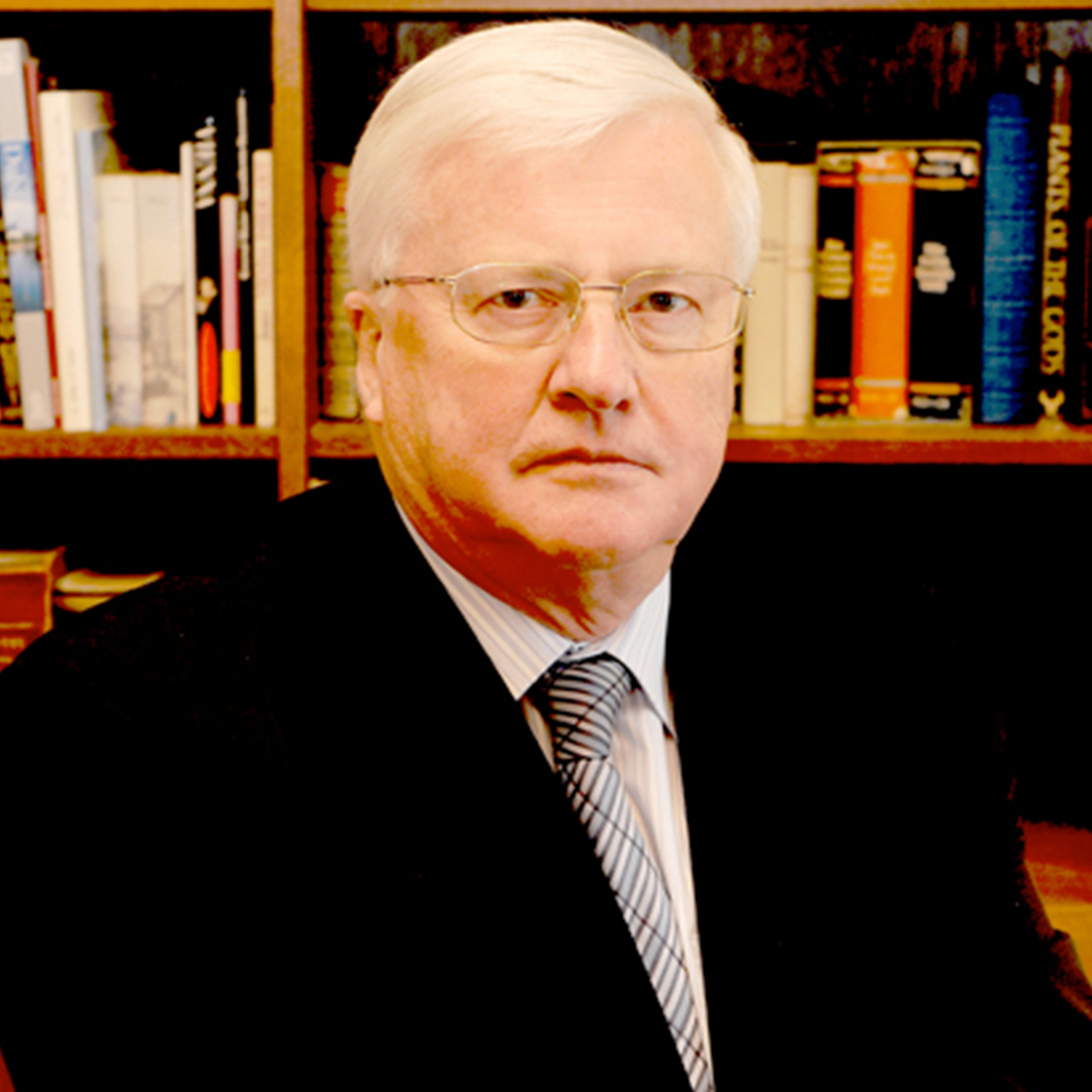
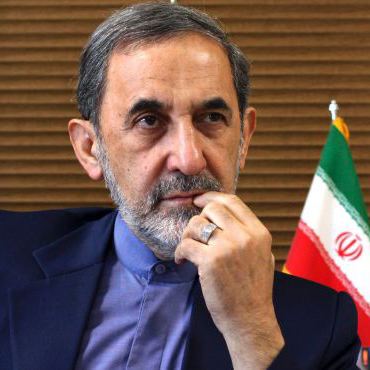


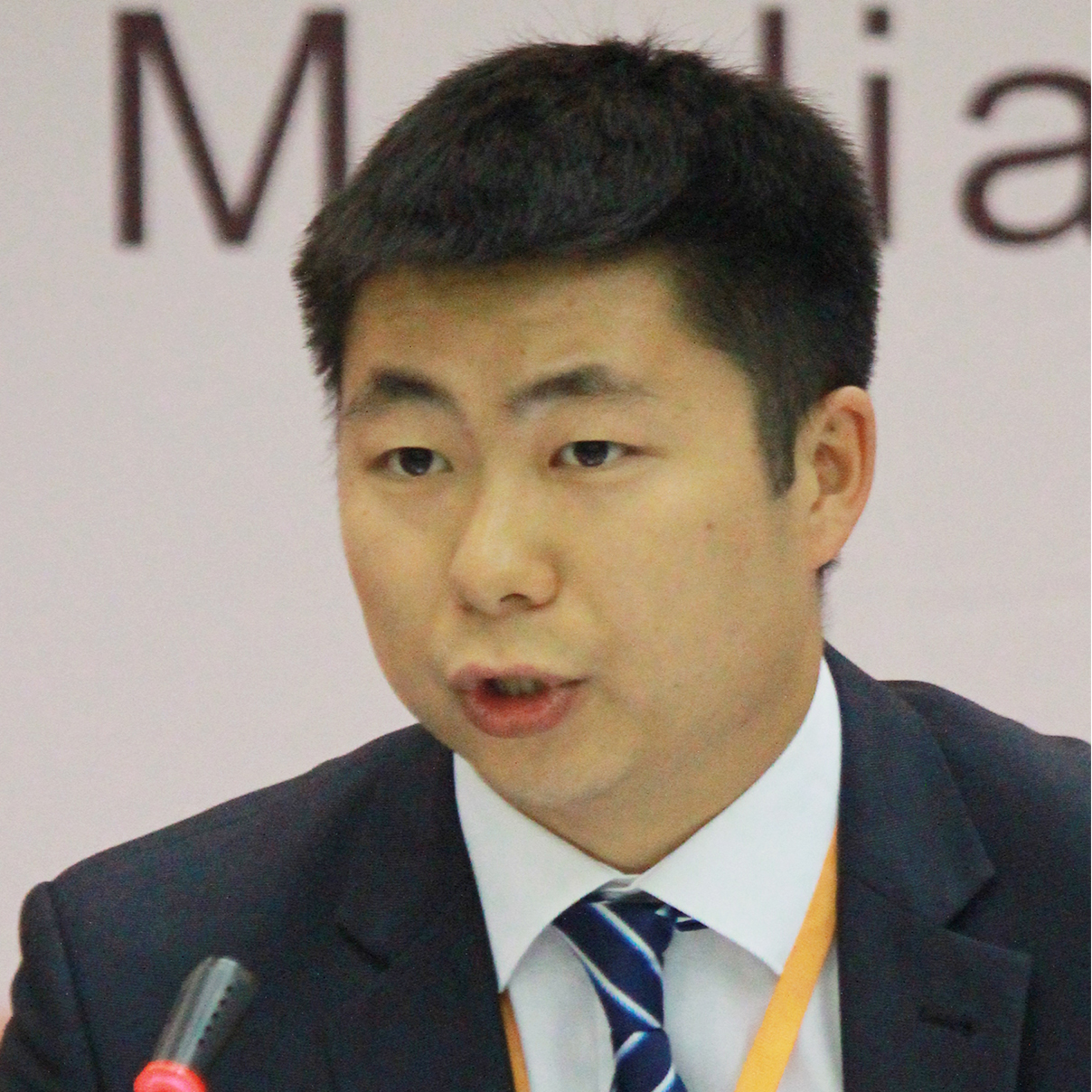
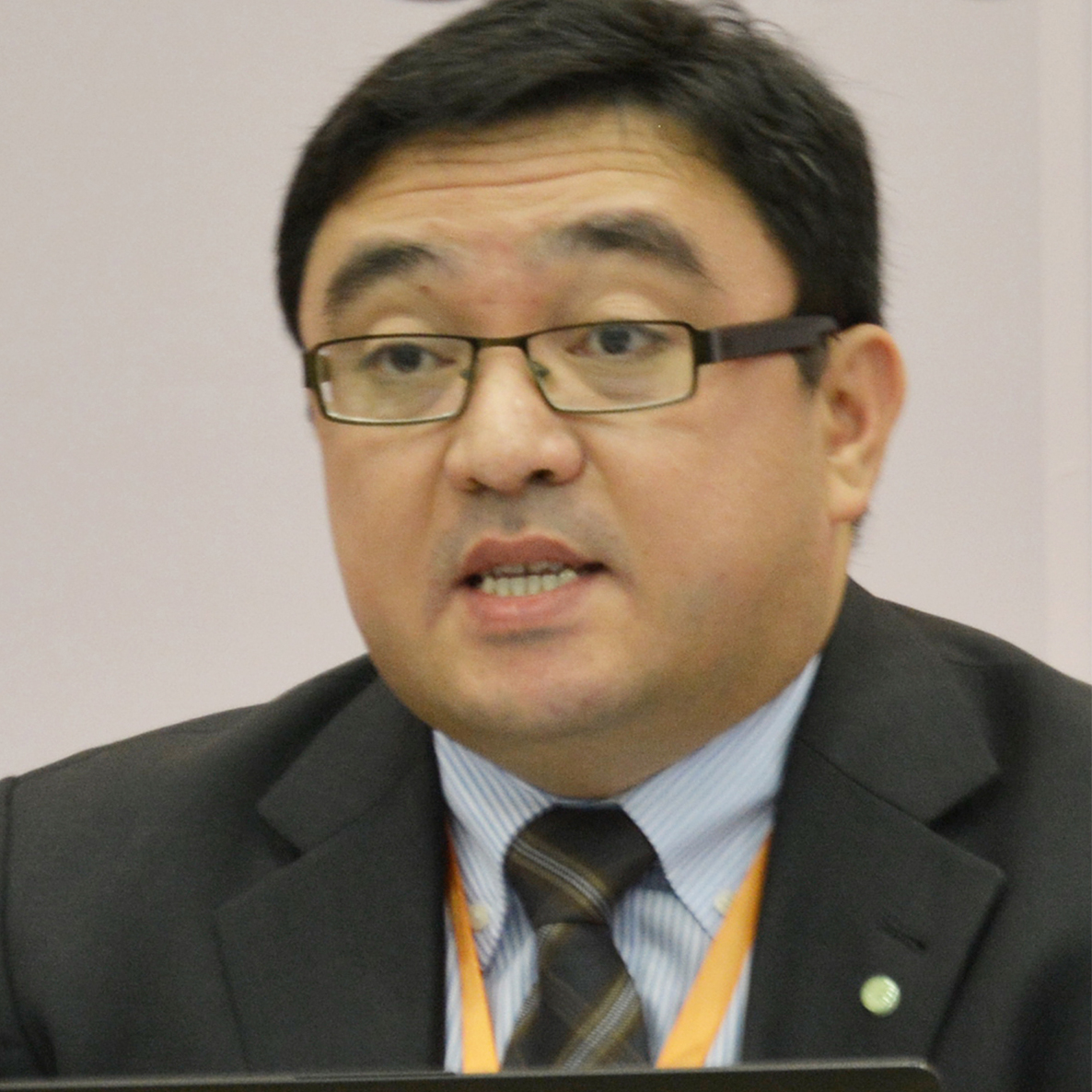
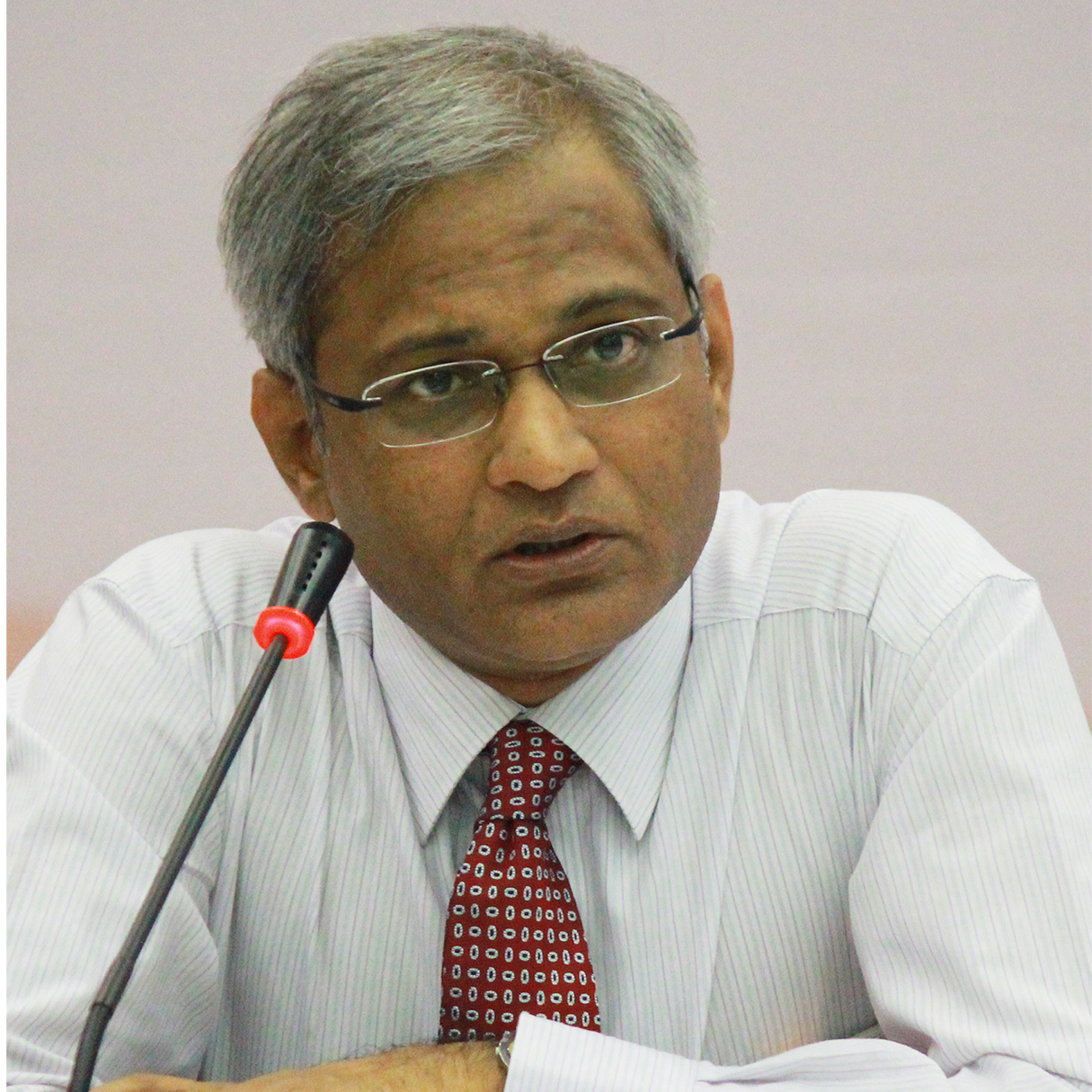








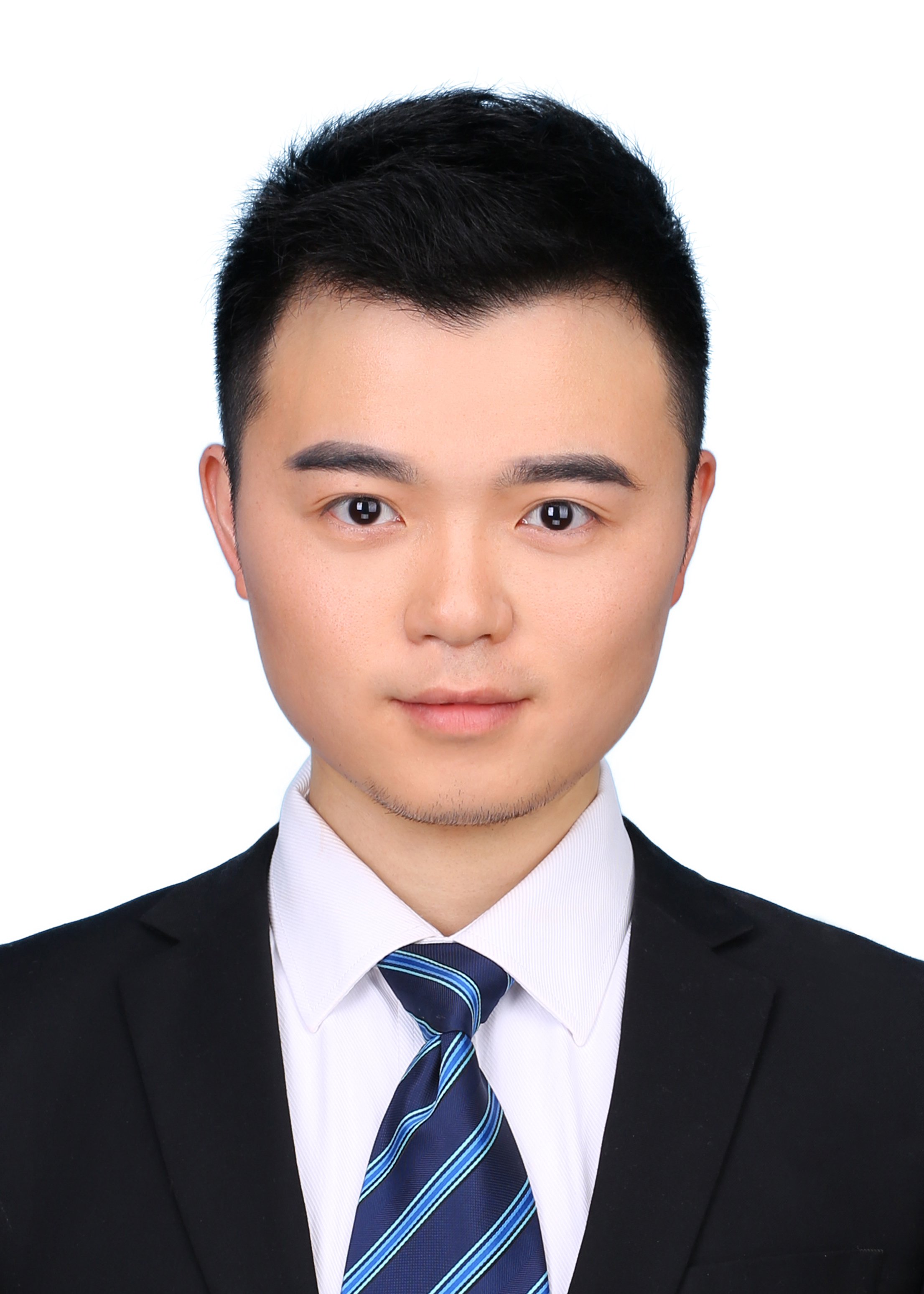

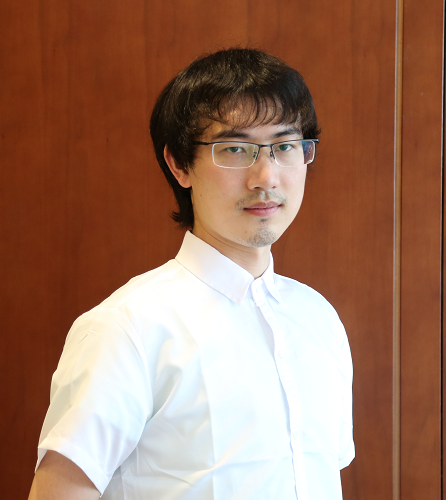
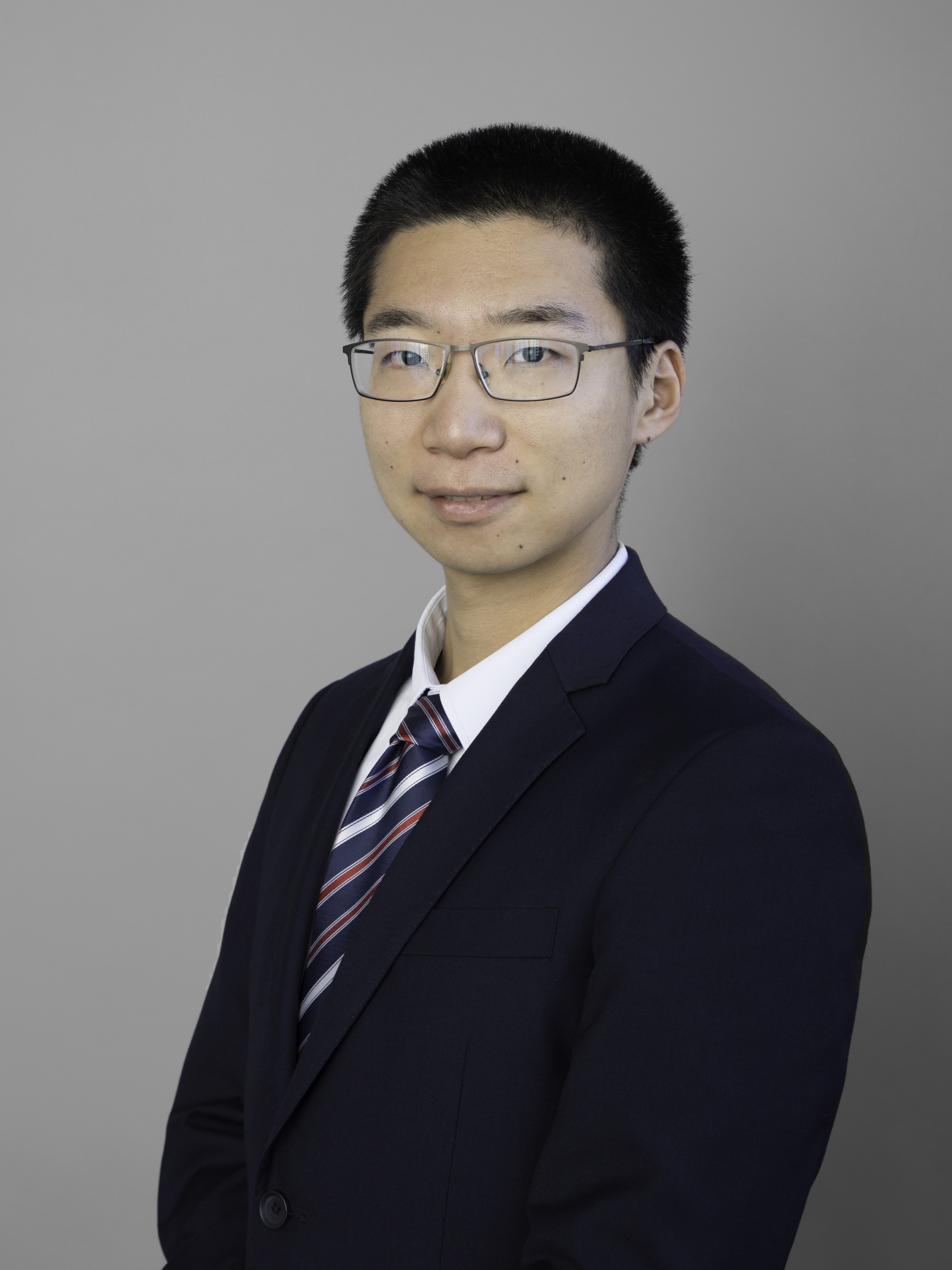

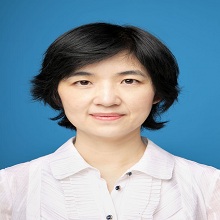



 京公网安备 11010802037854号
京公网安备 11010802037854号





